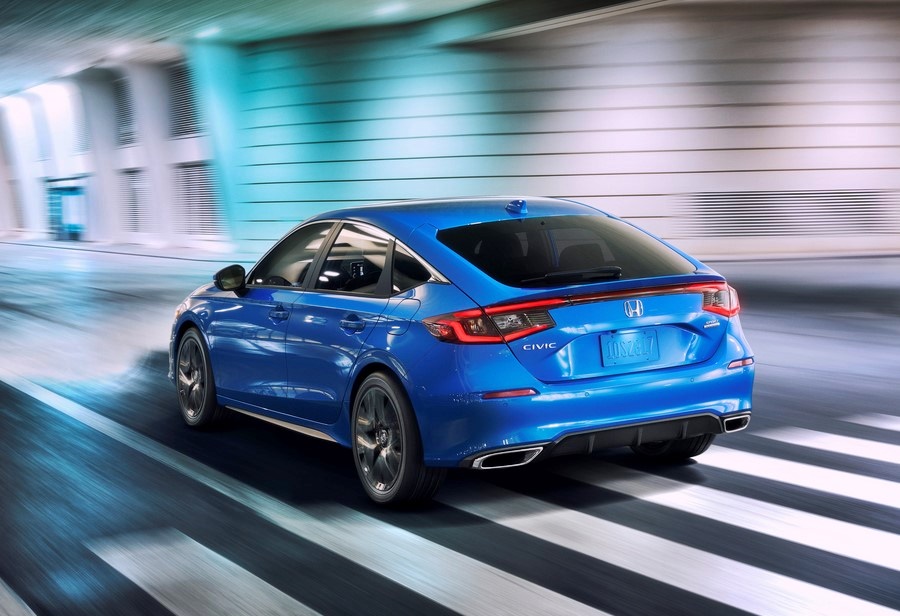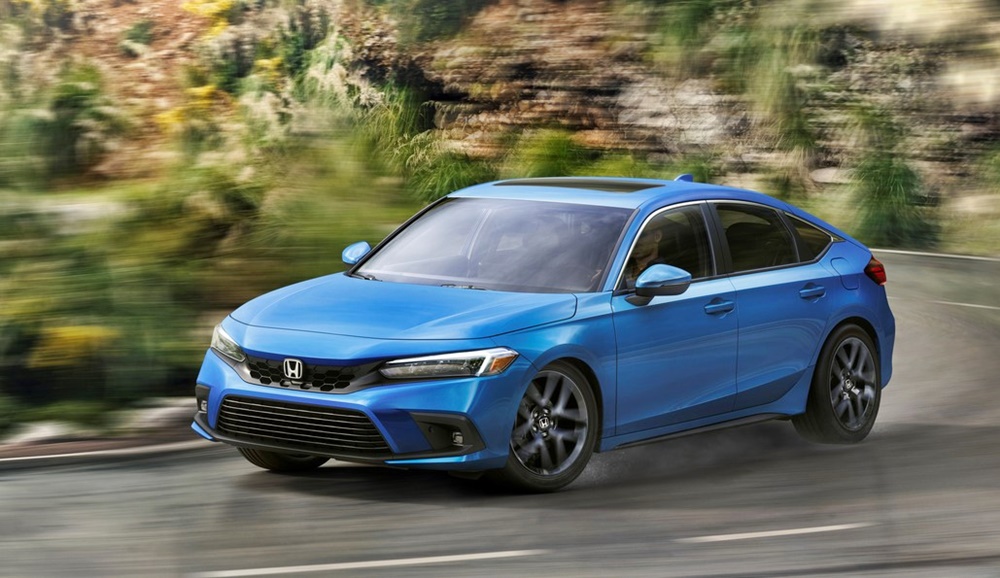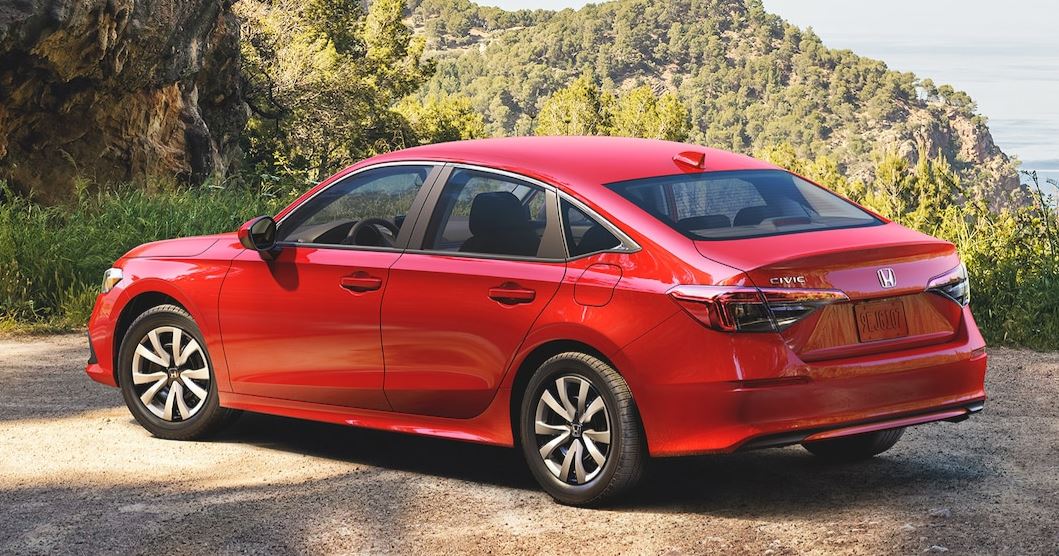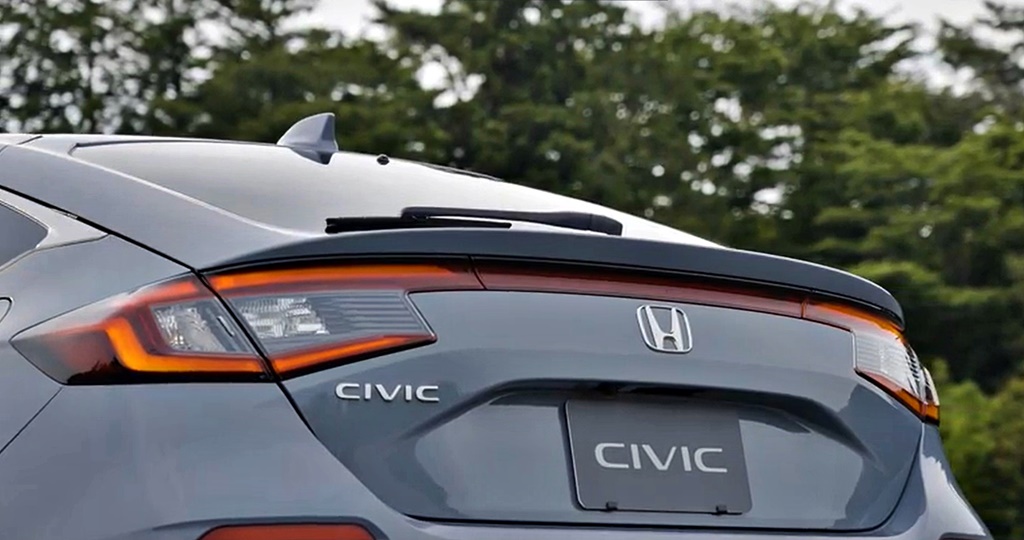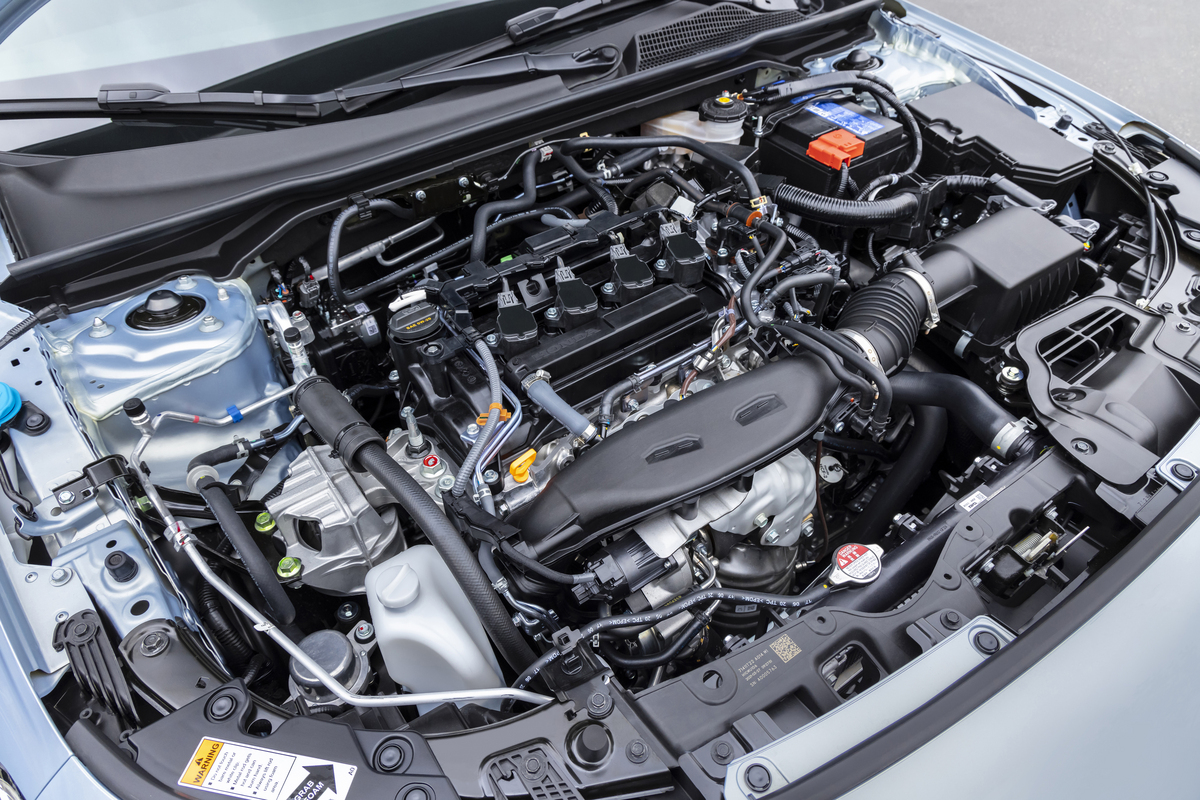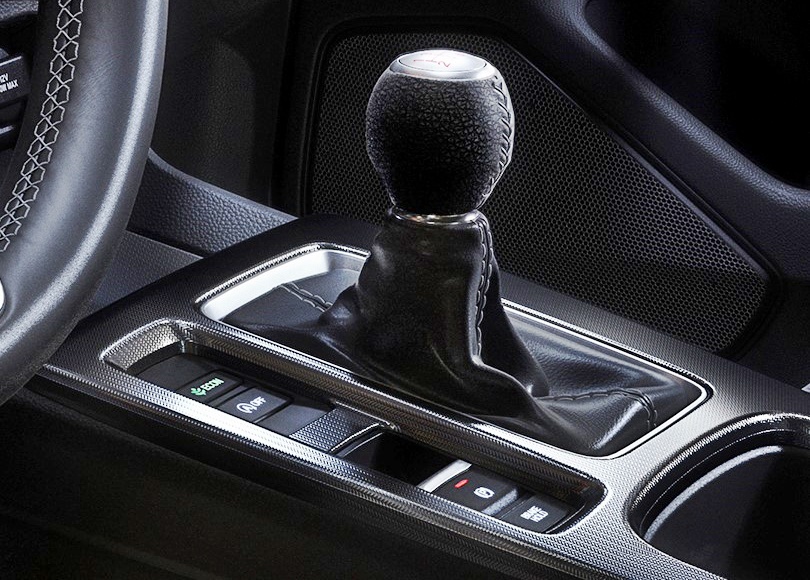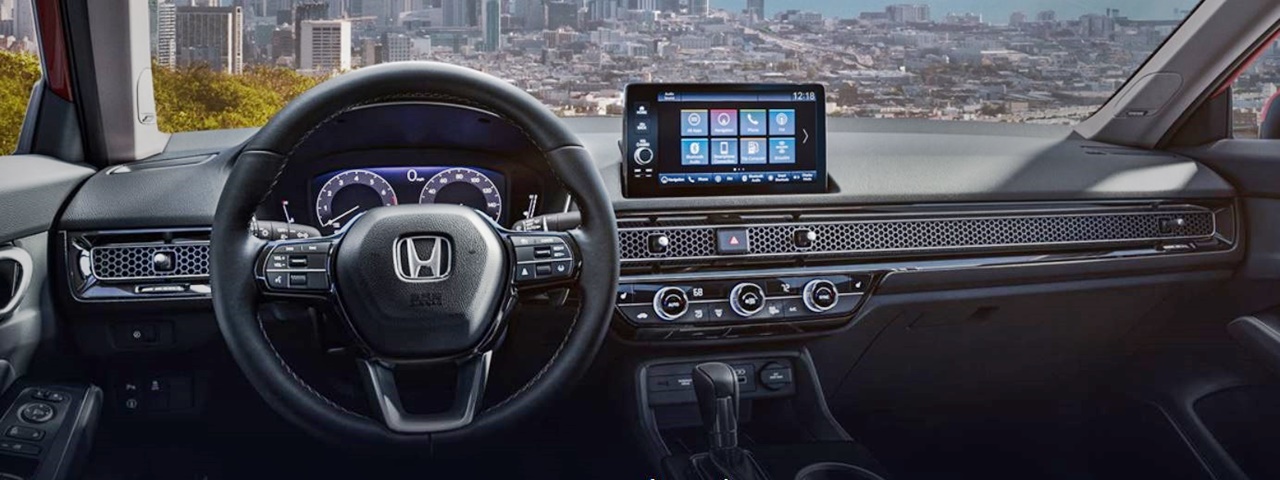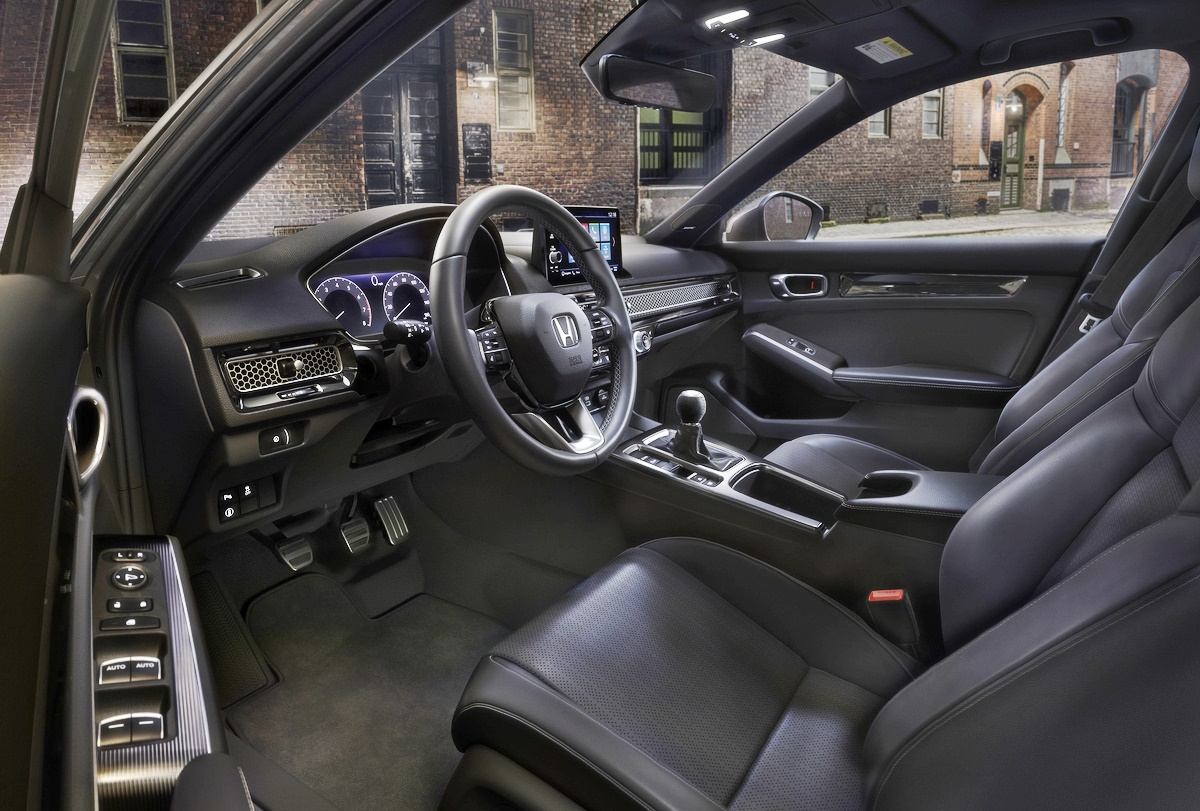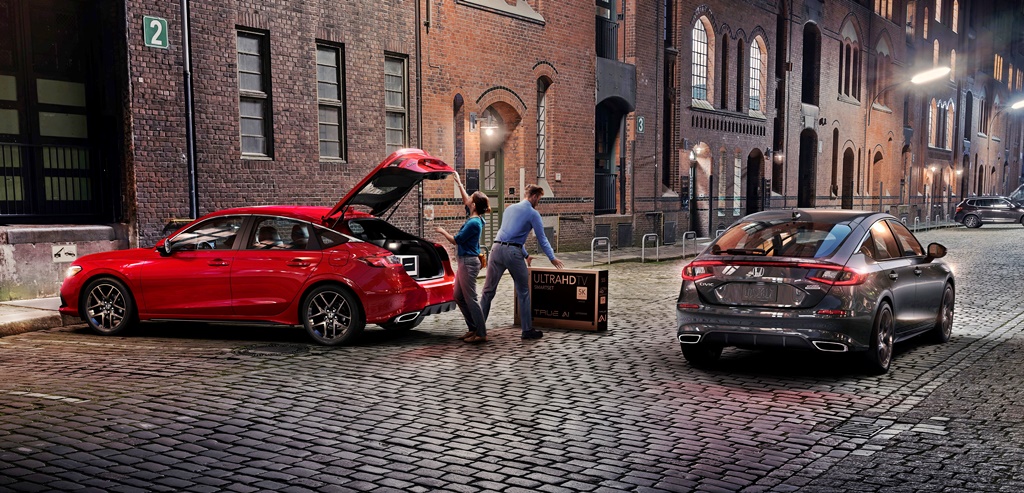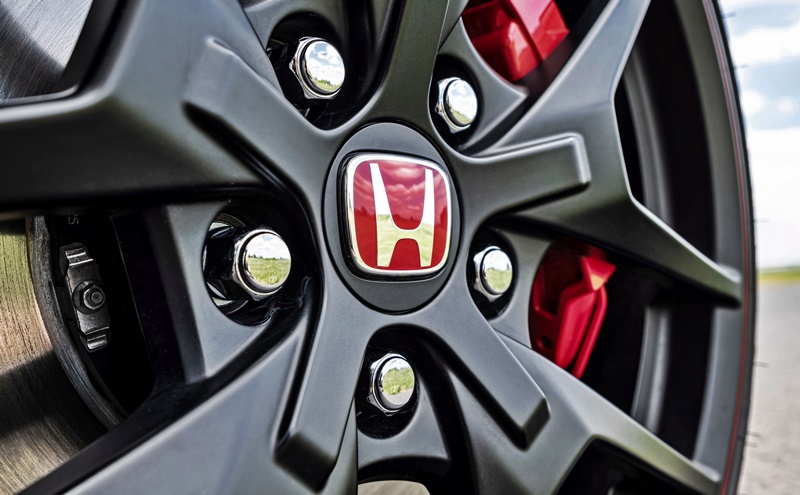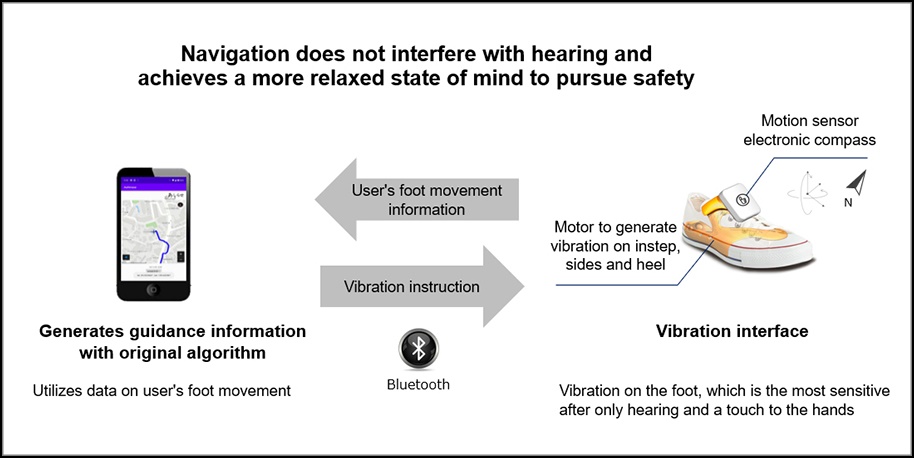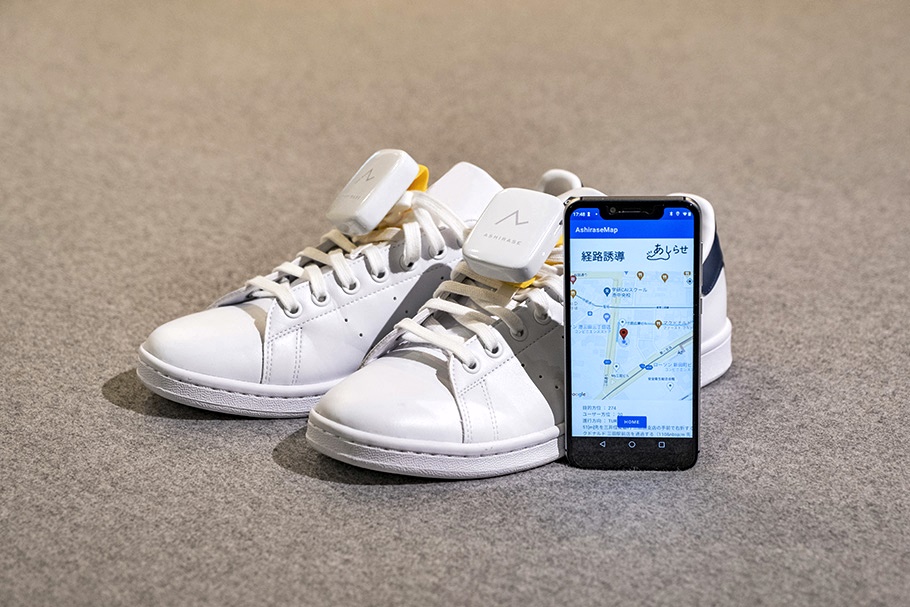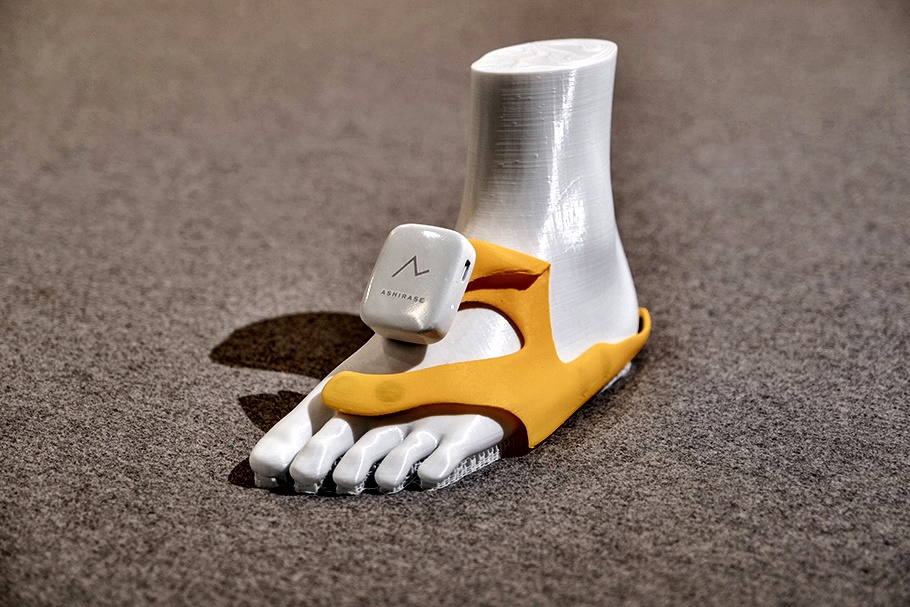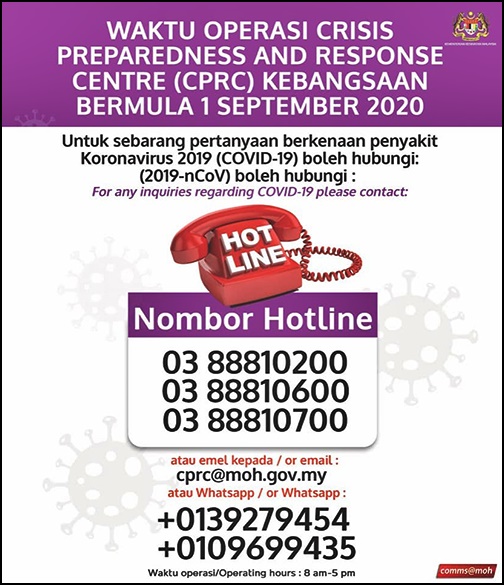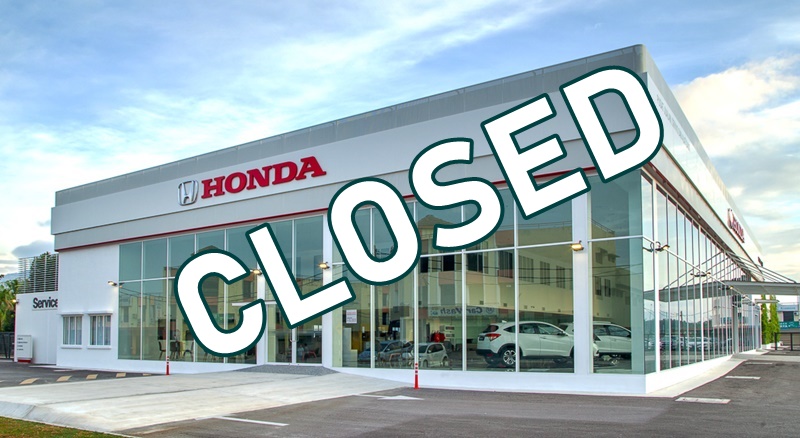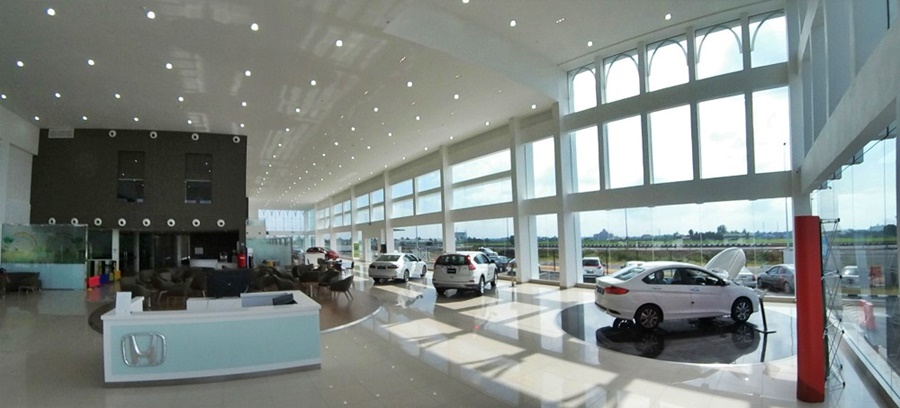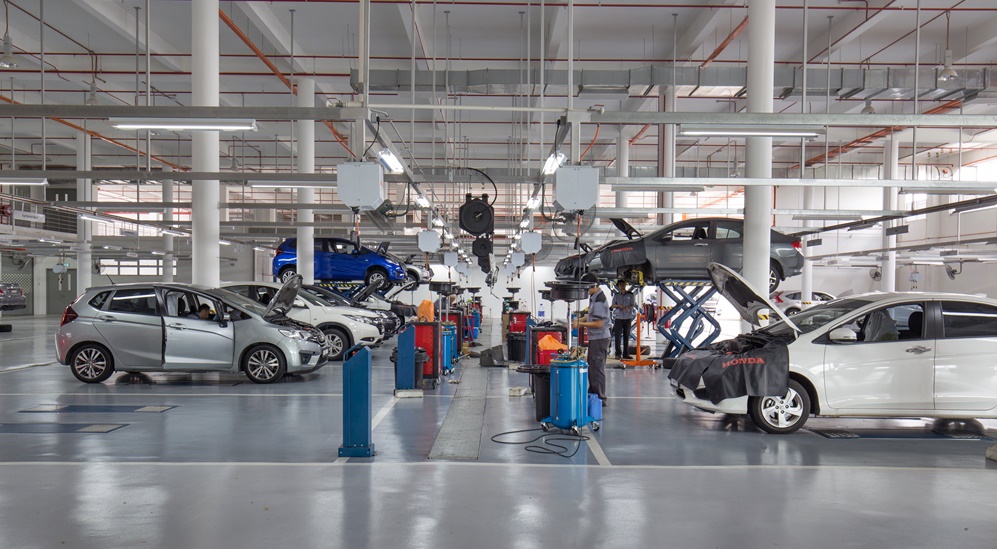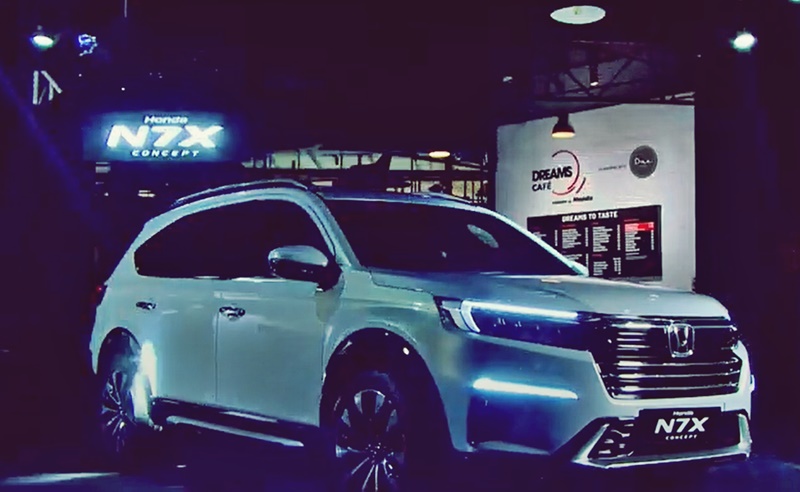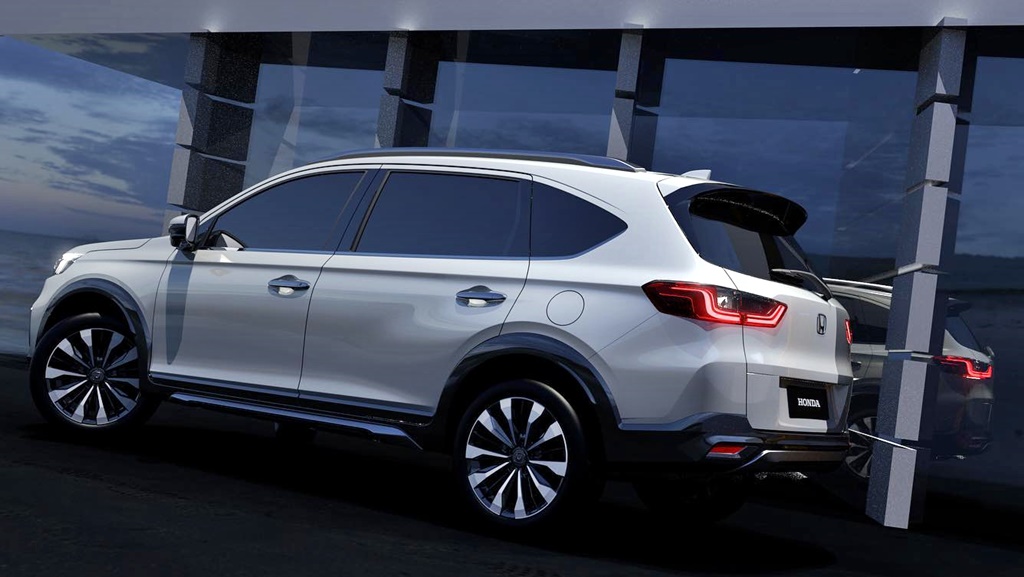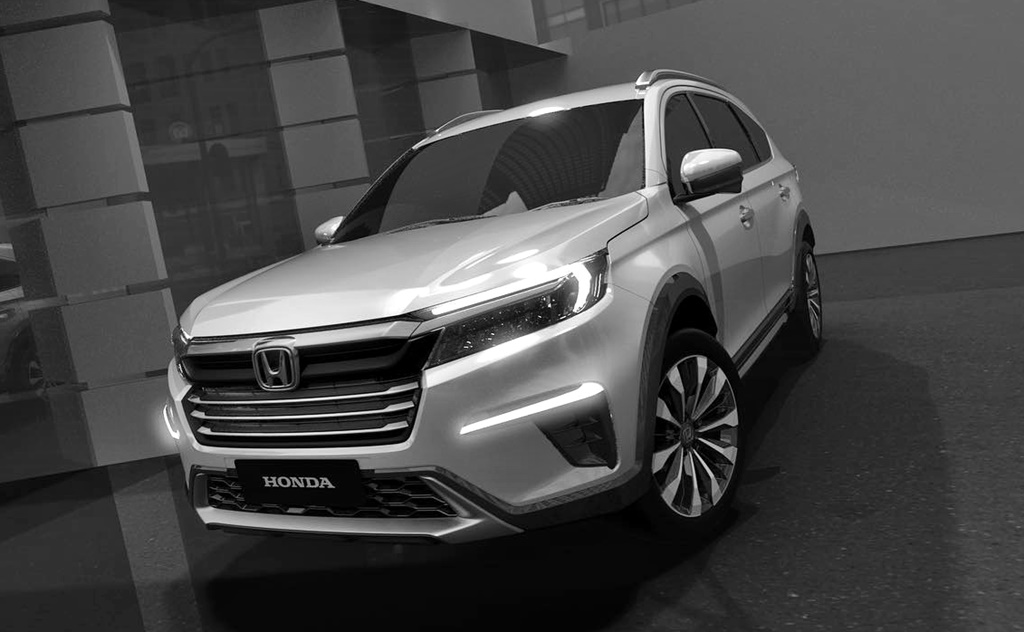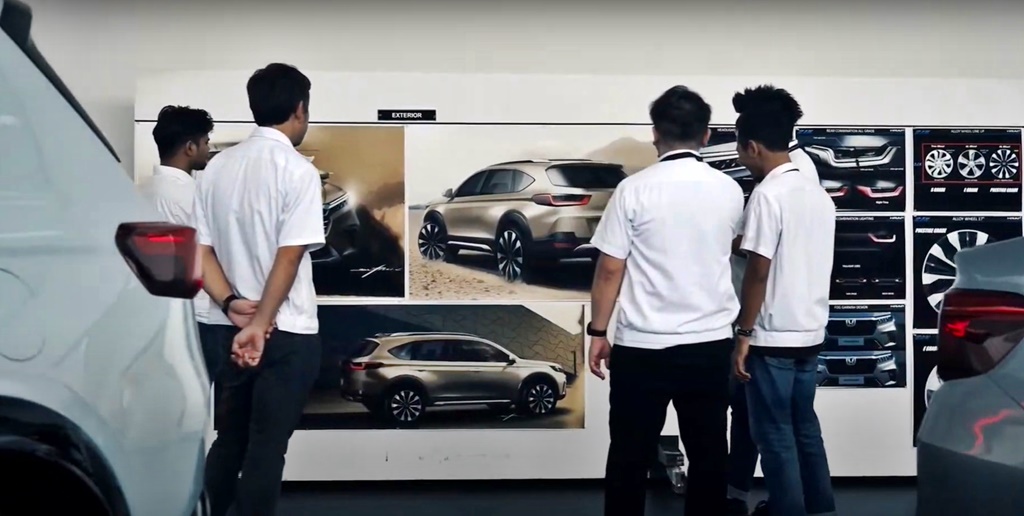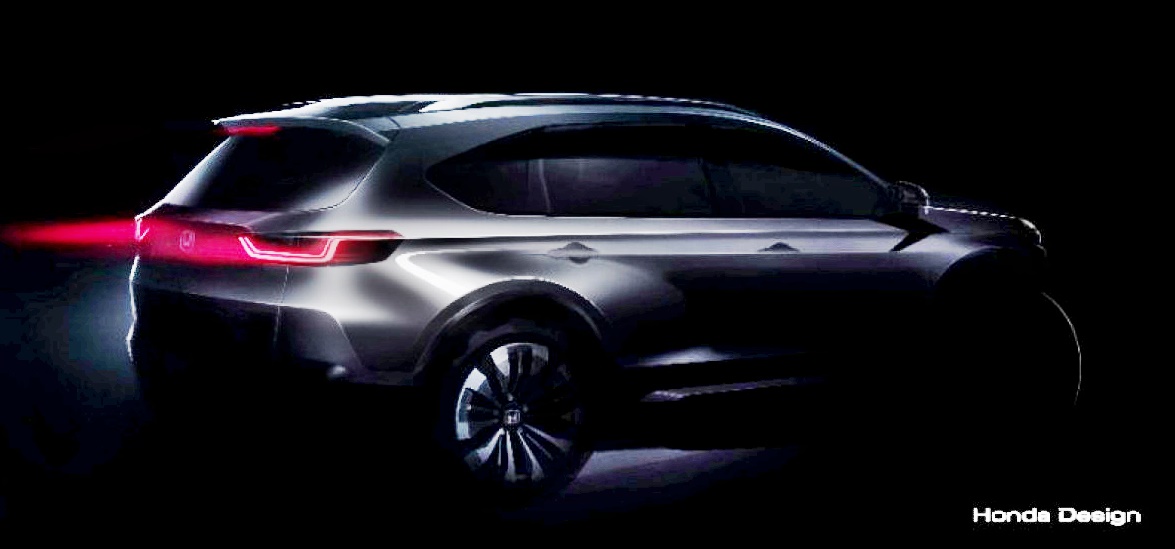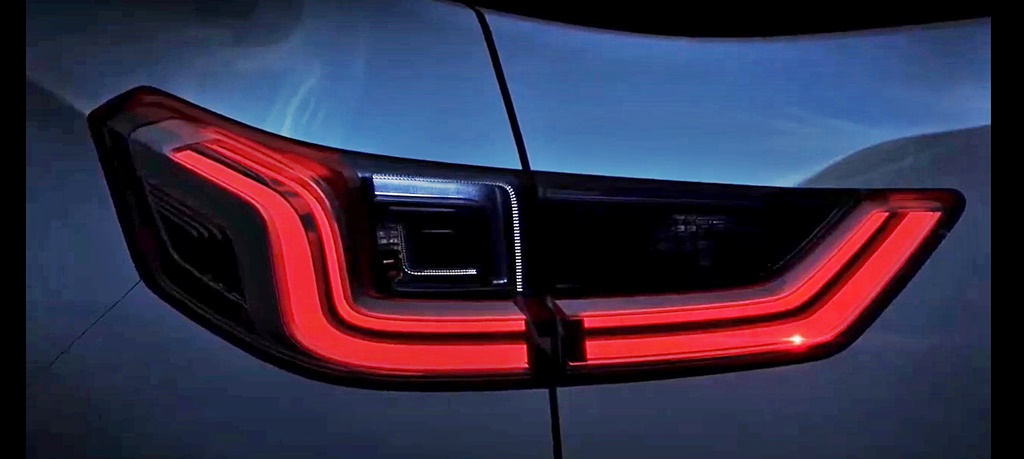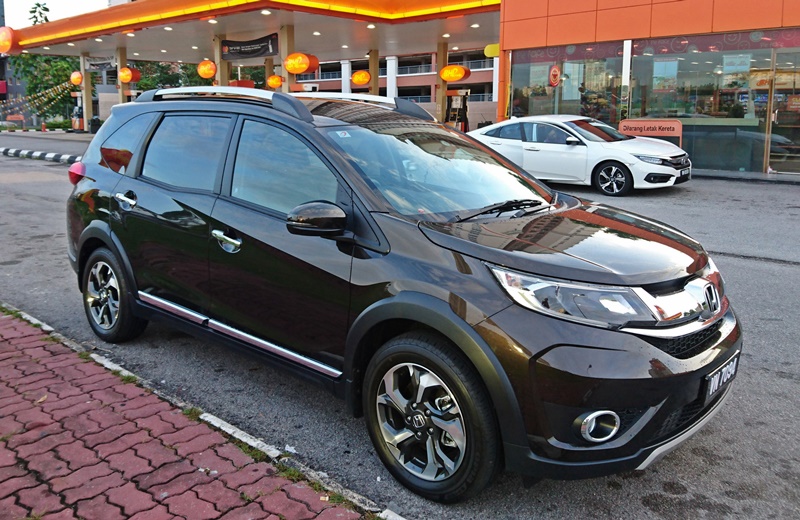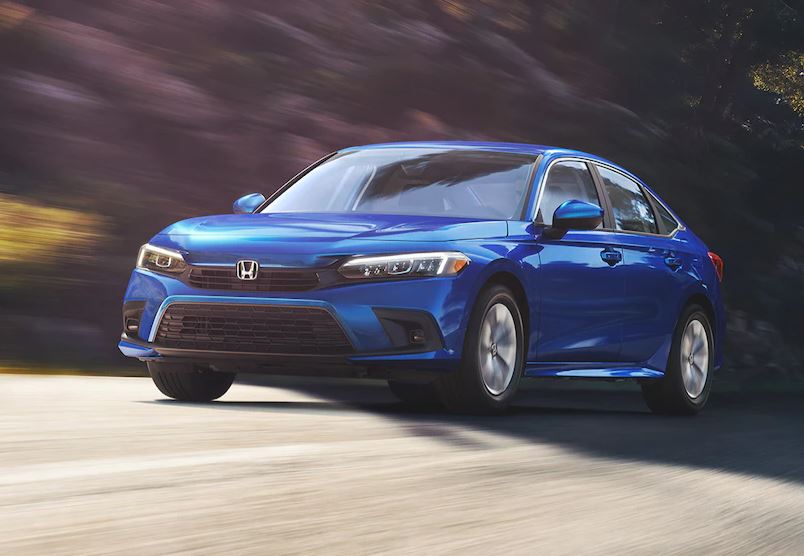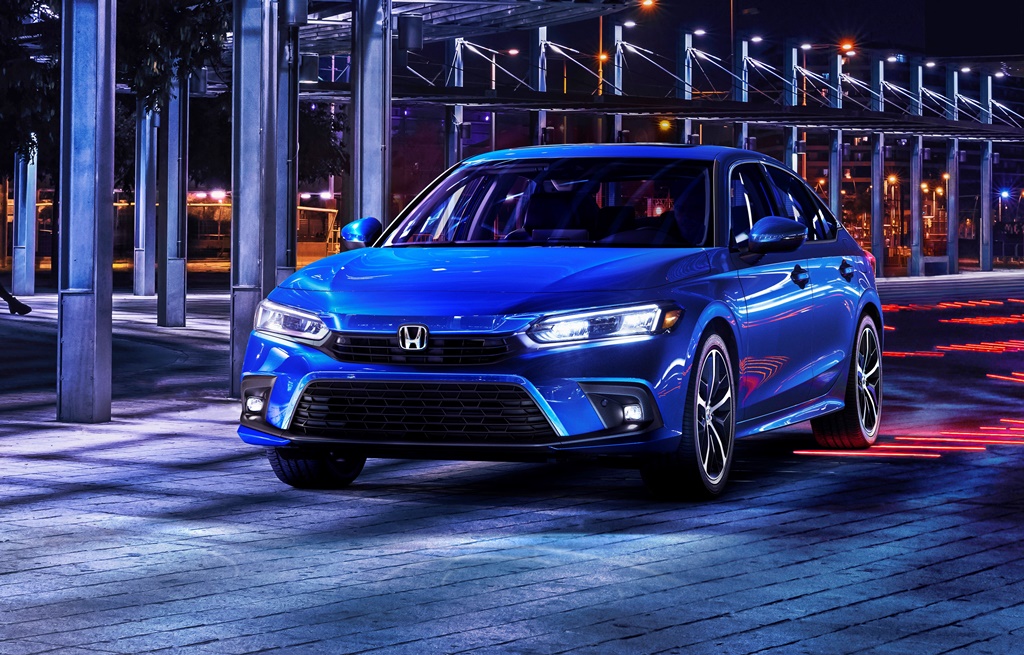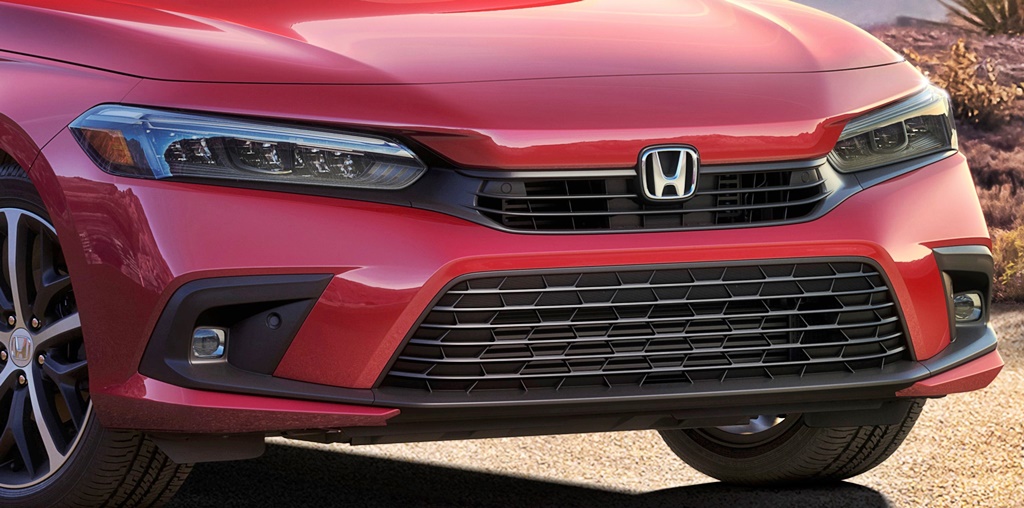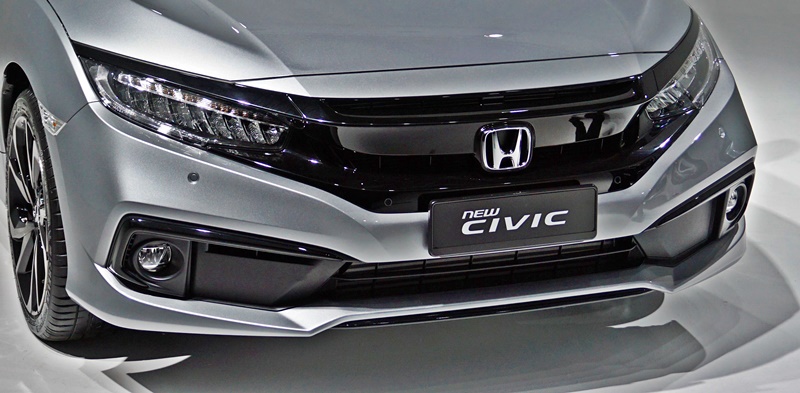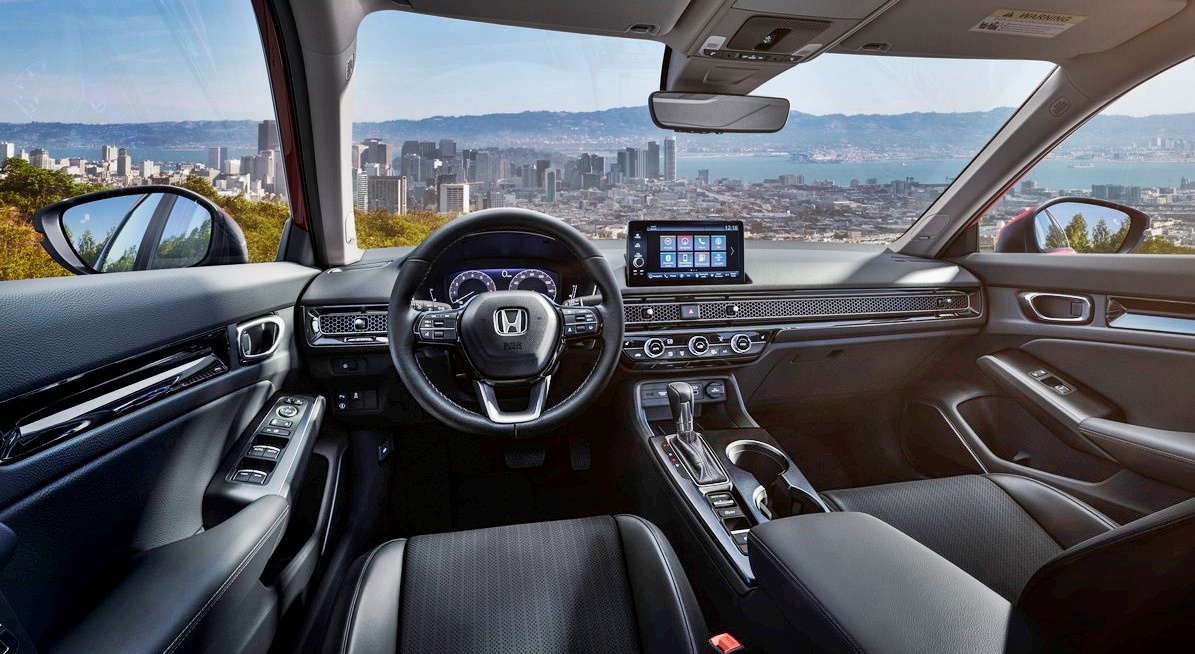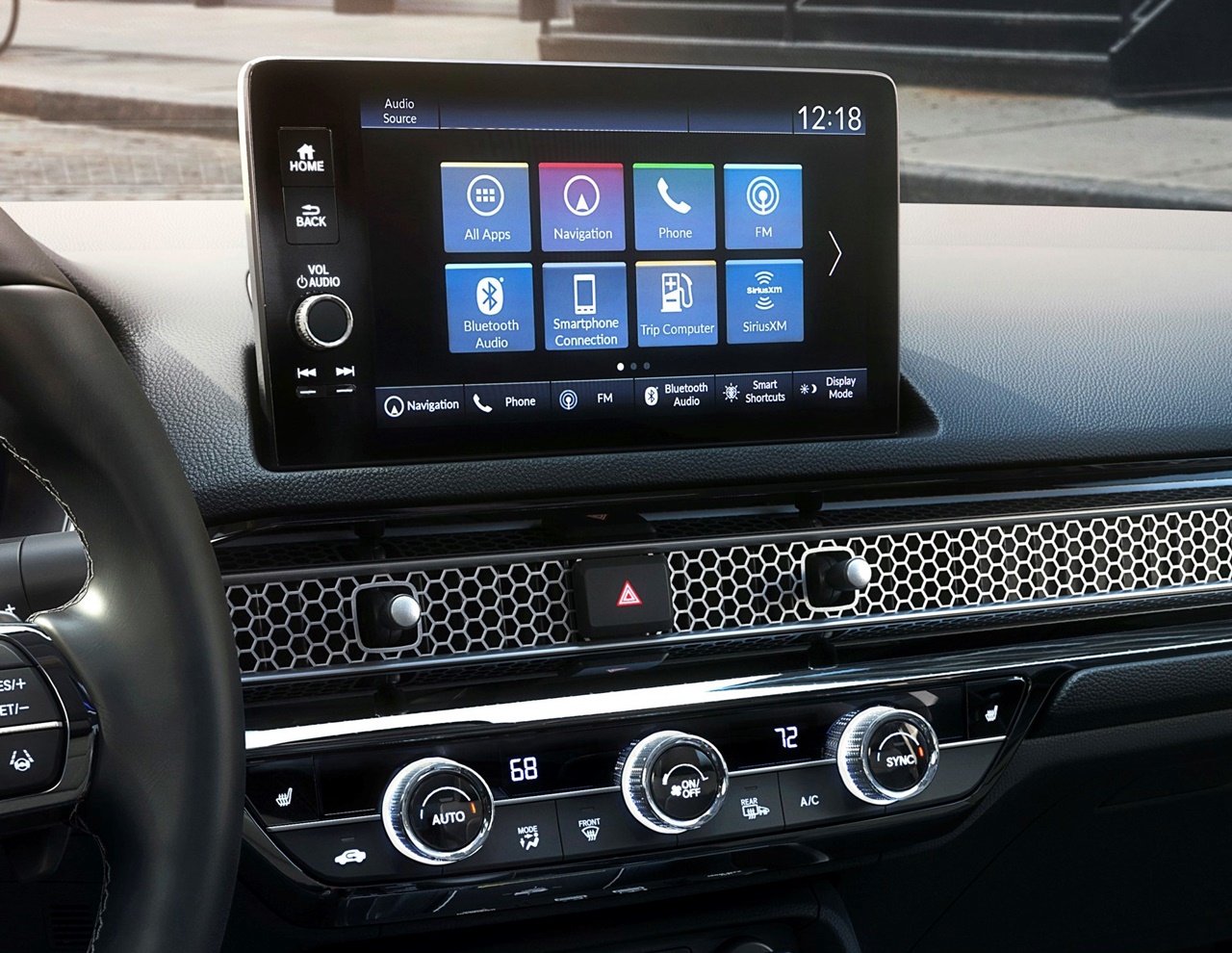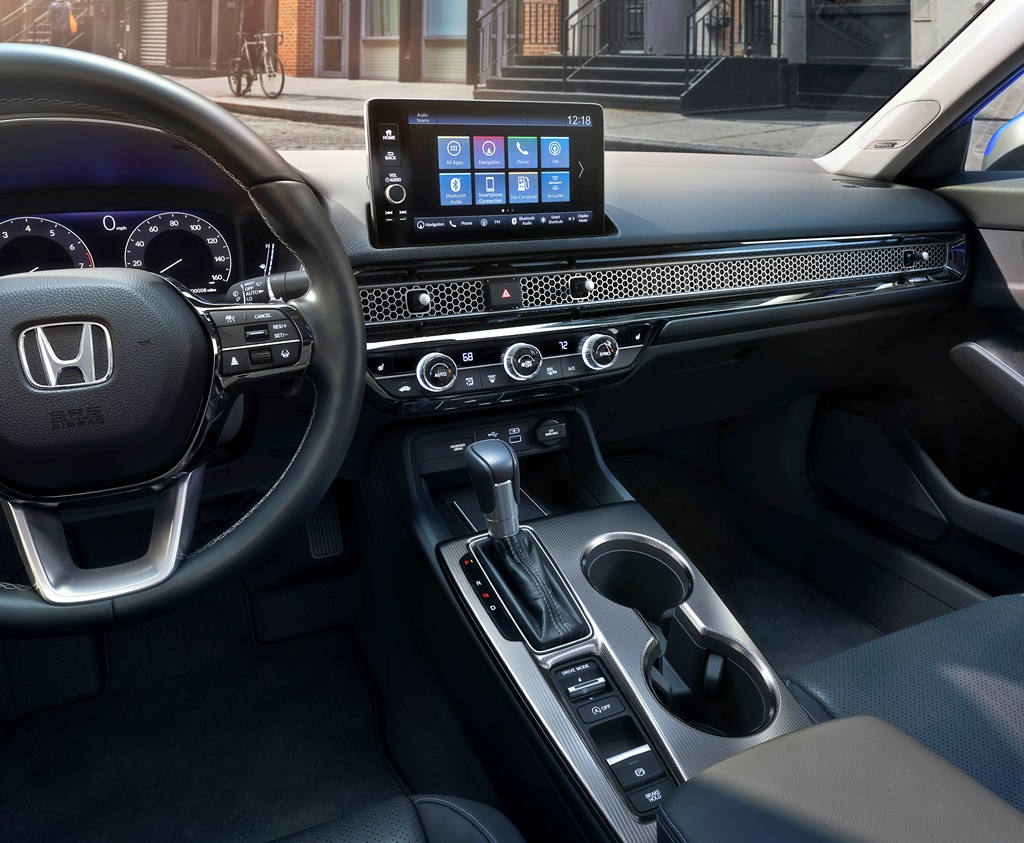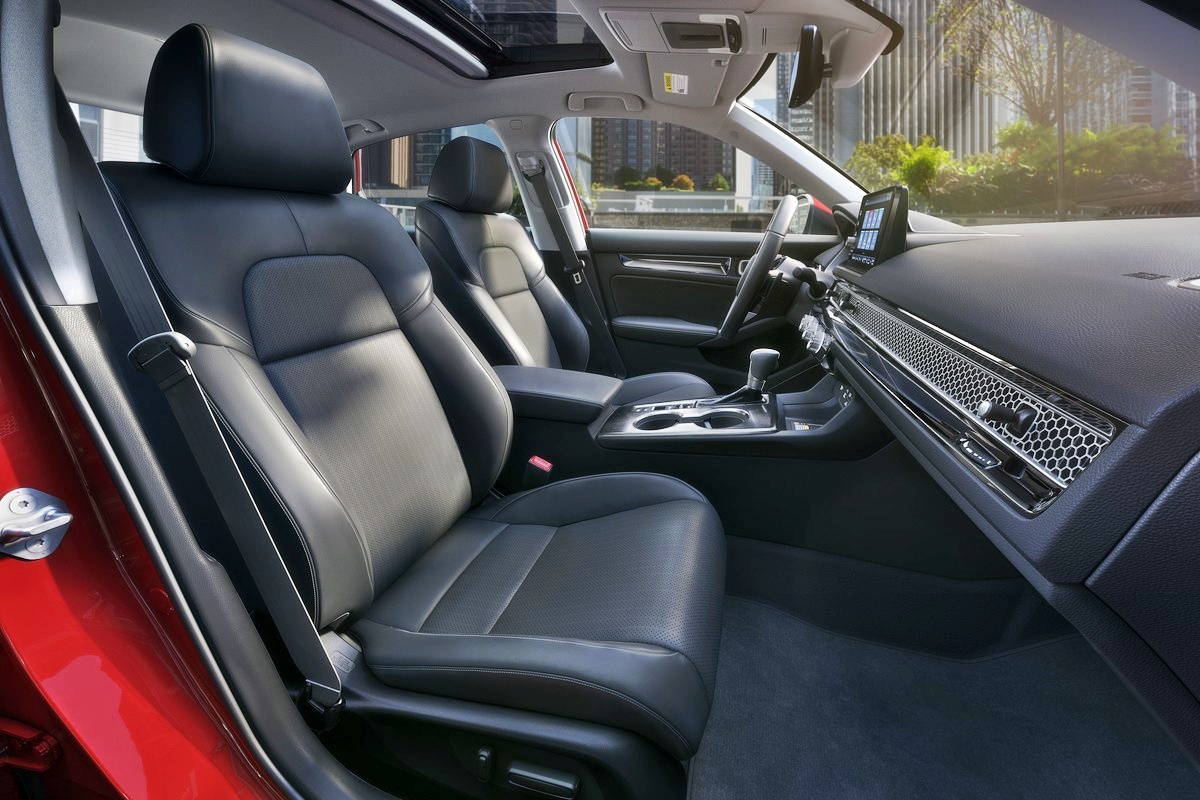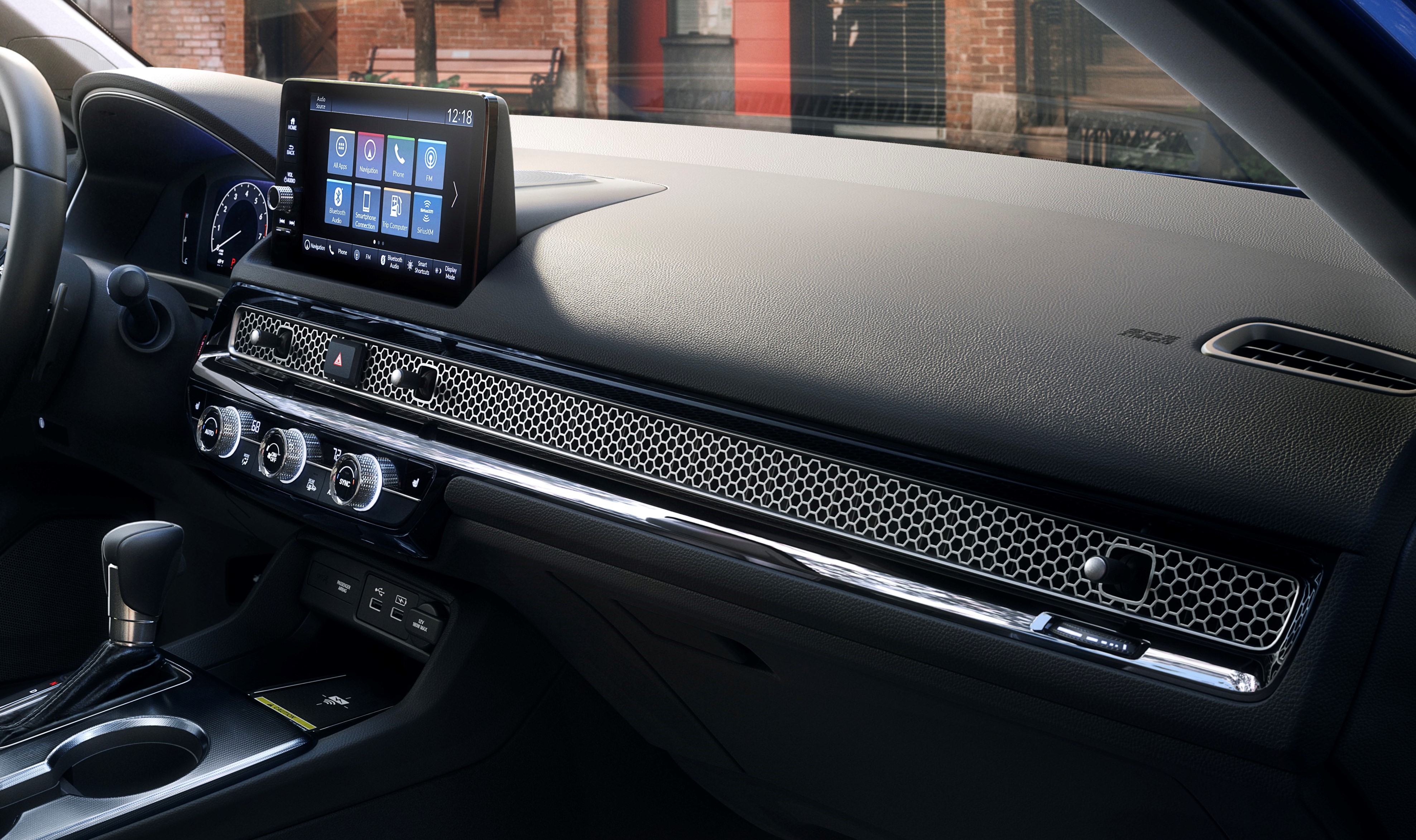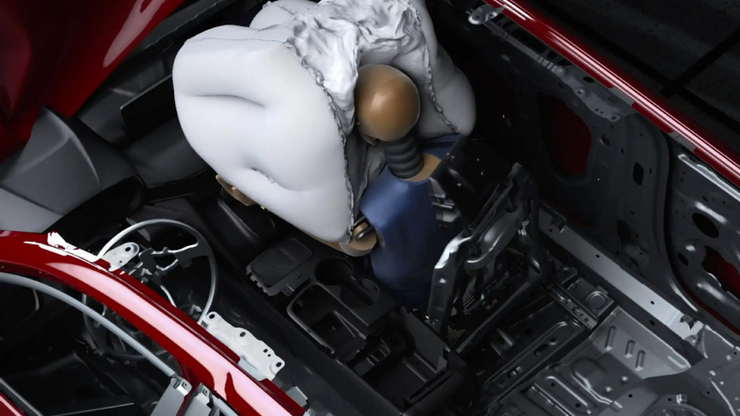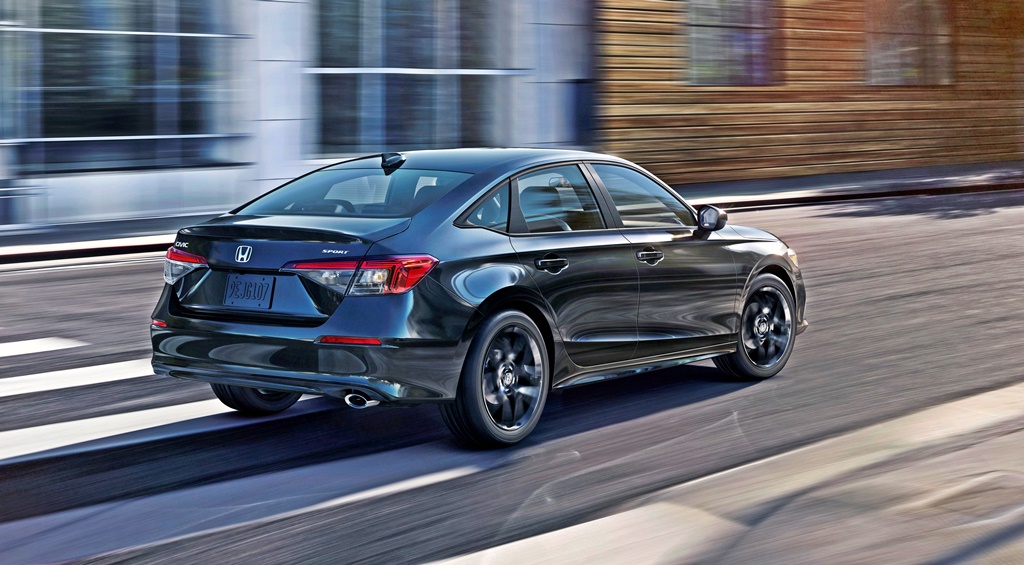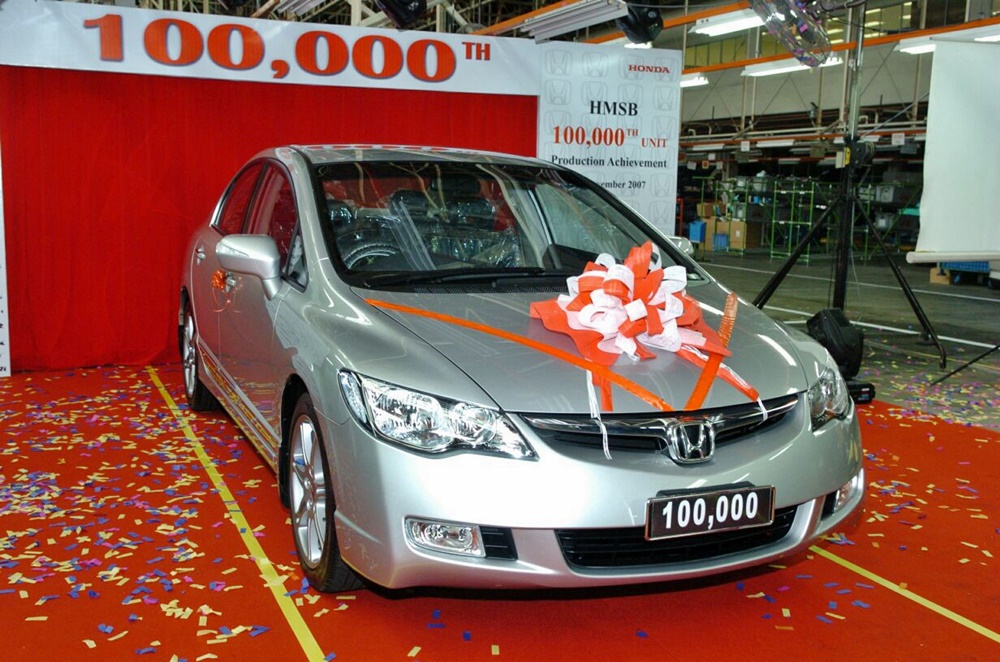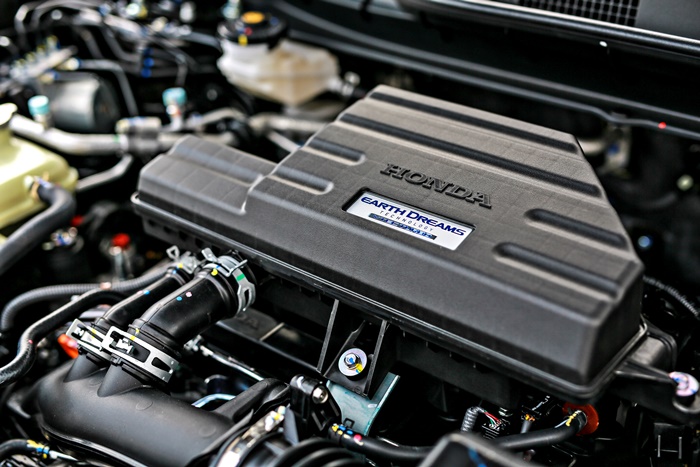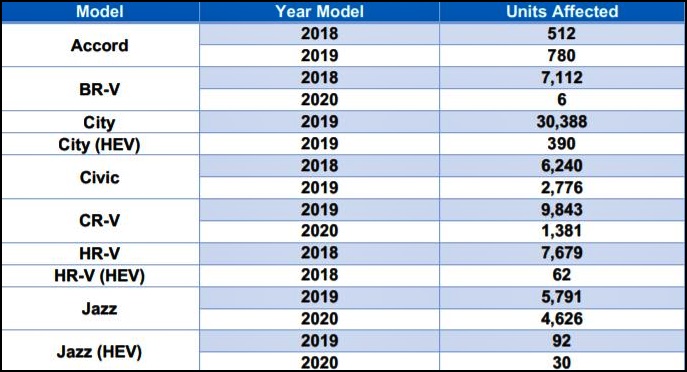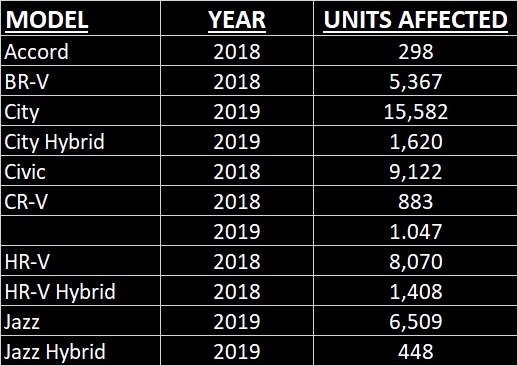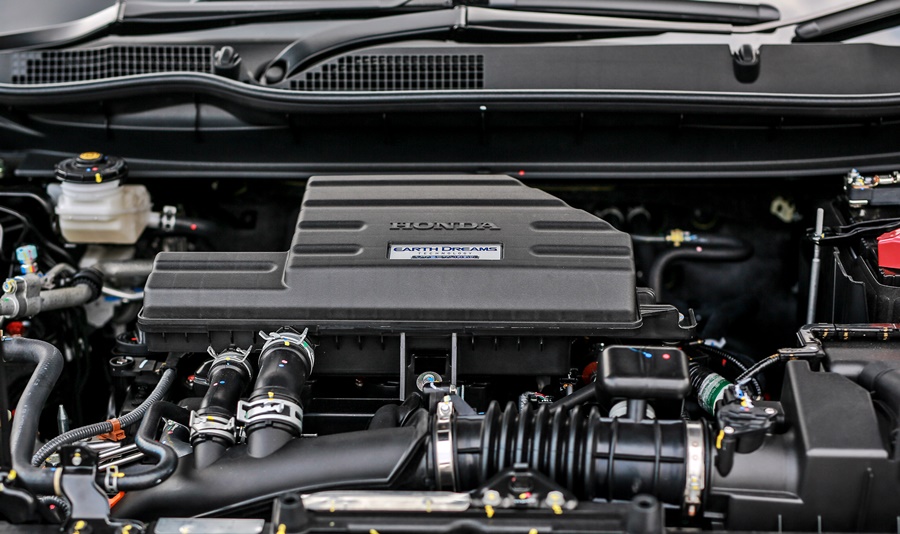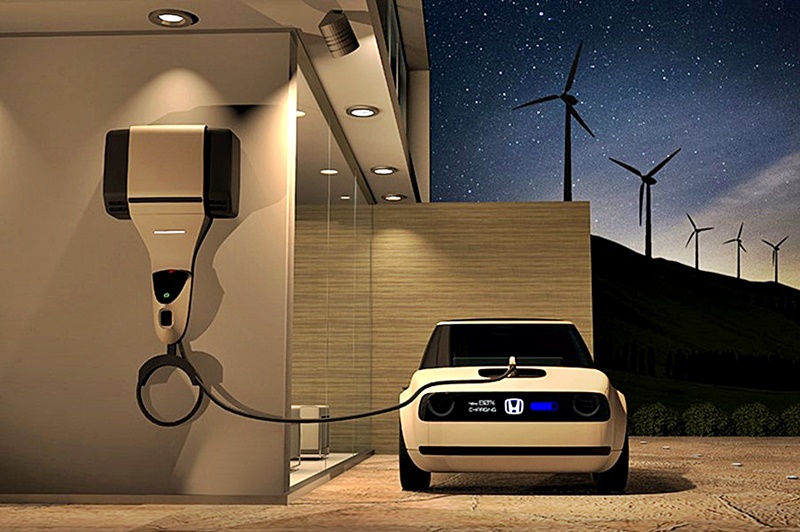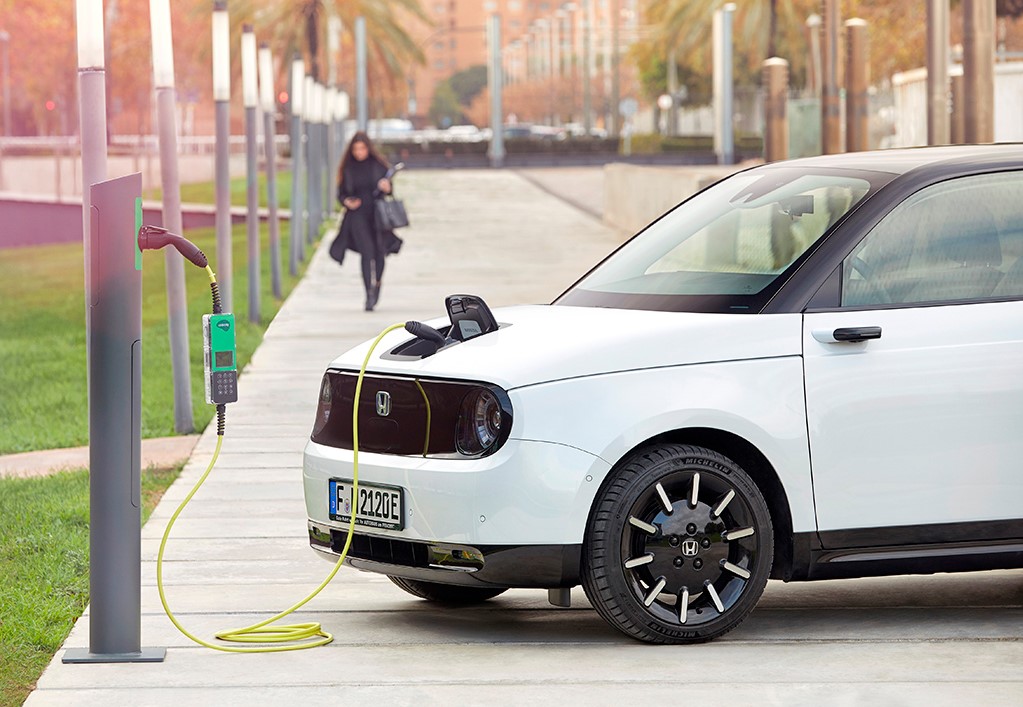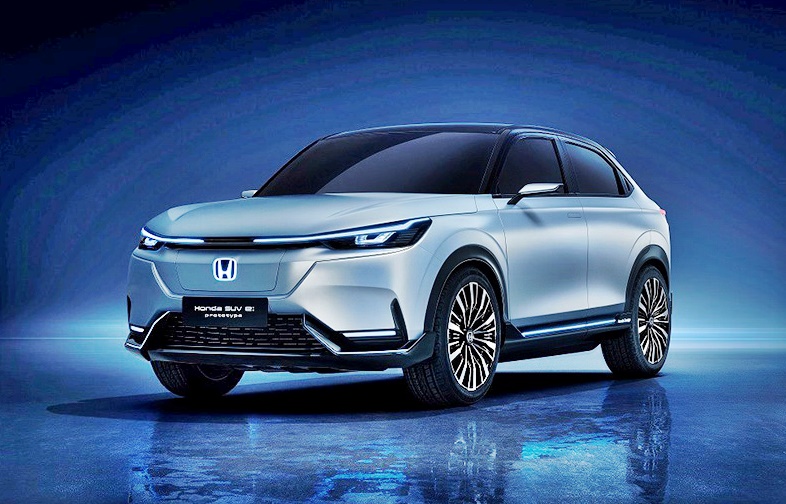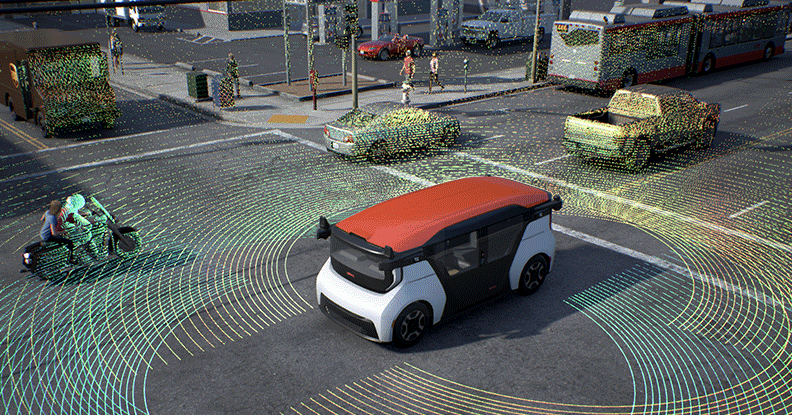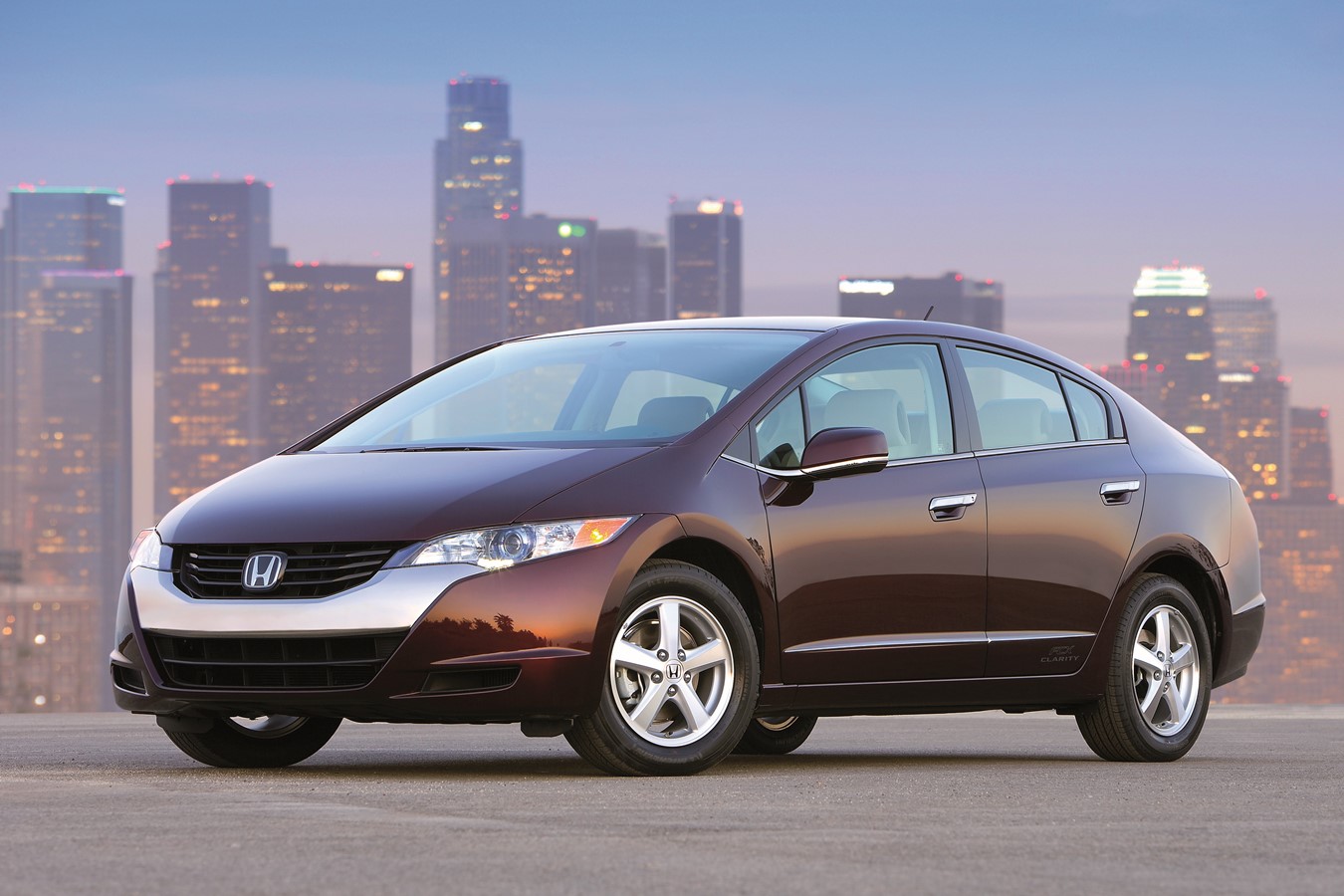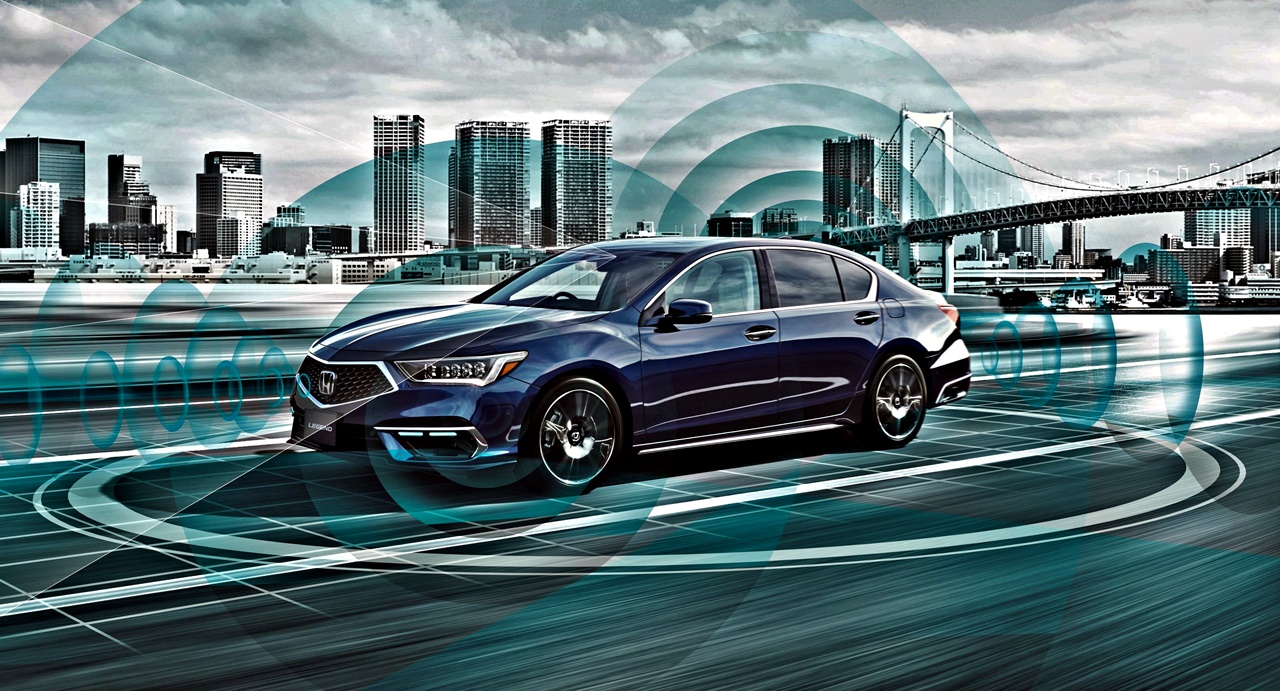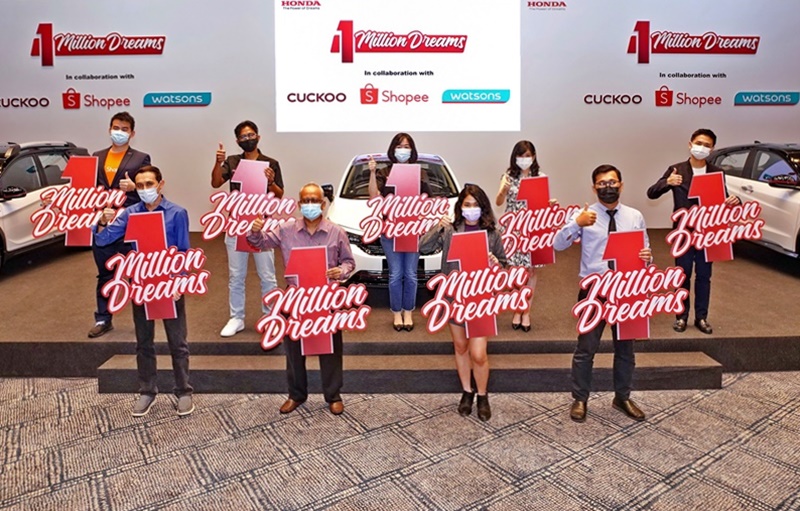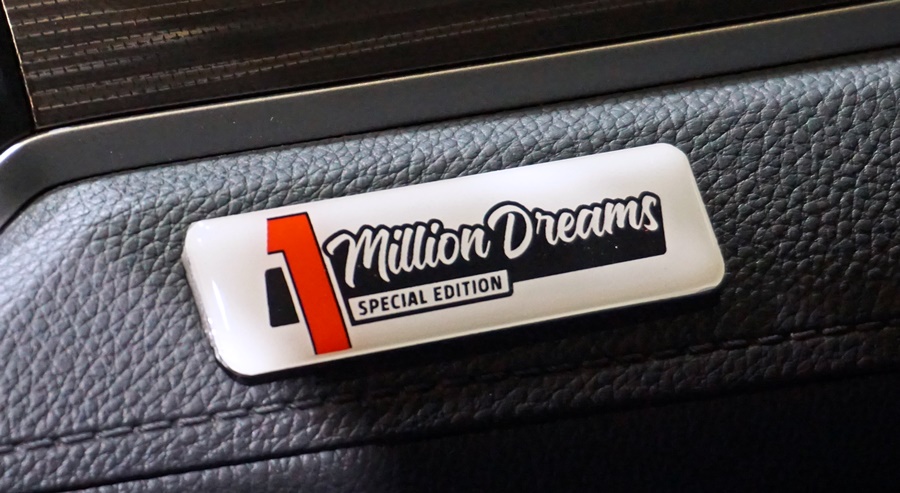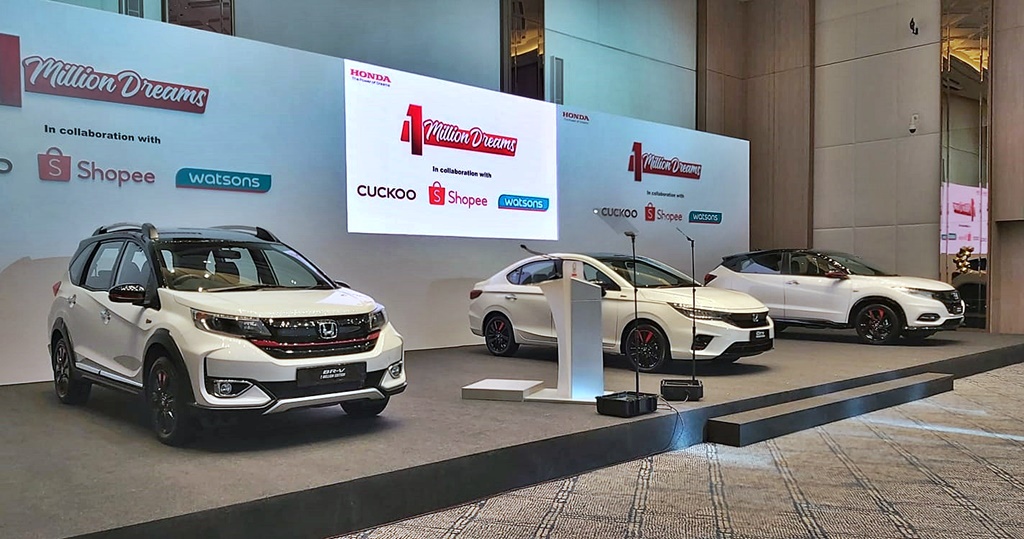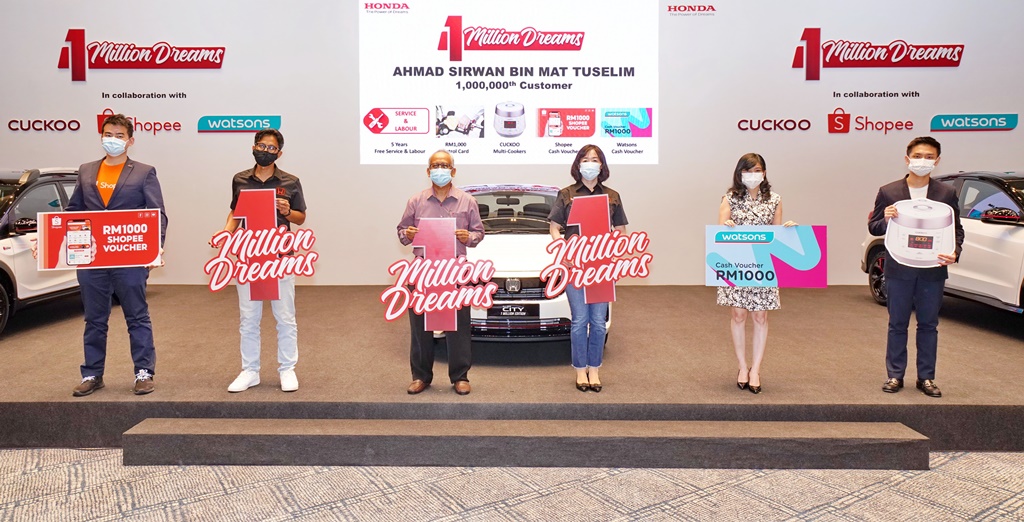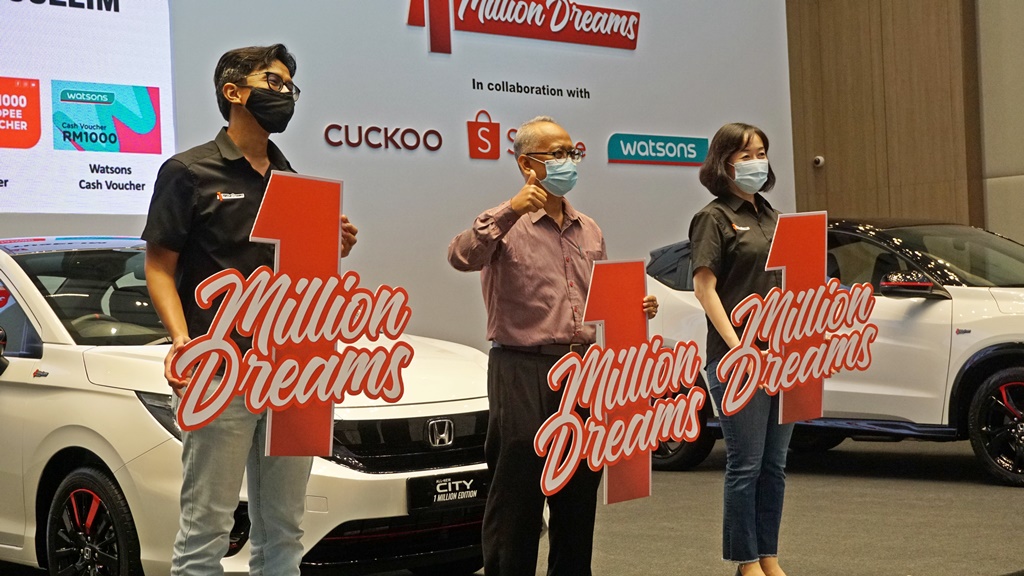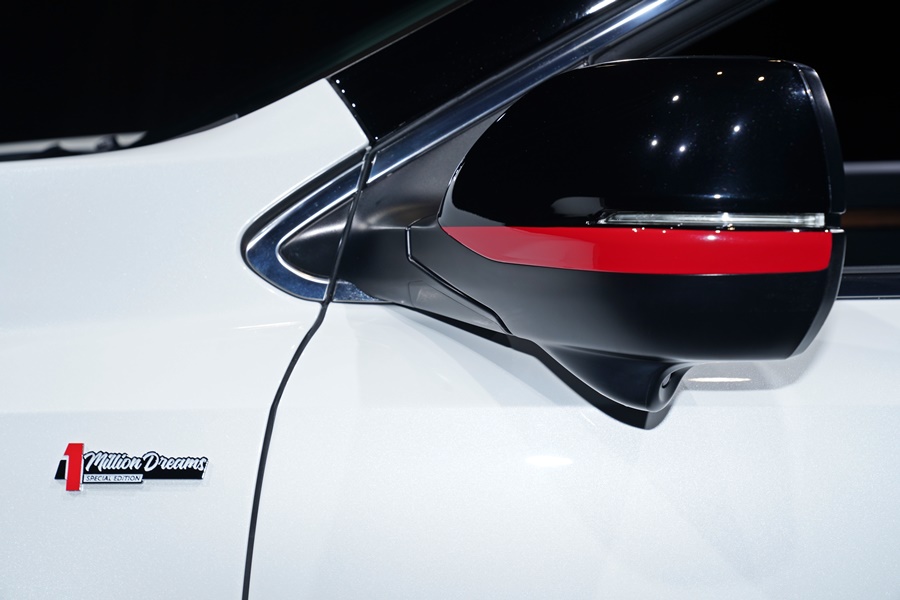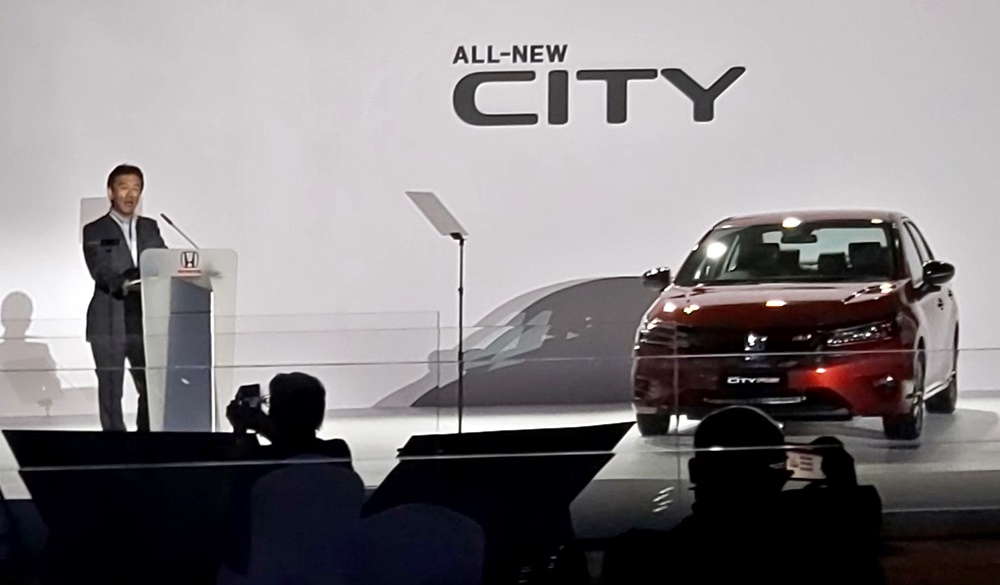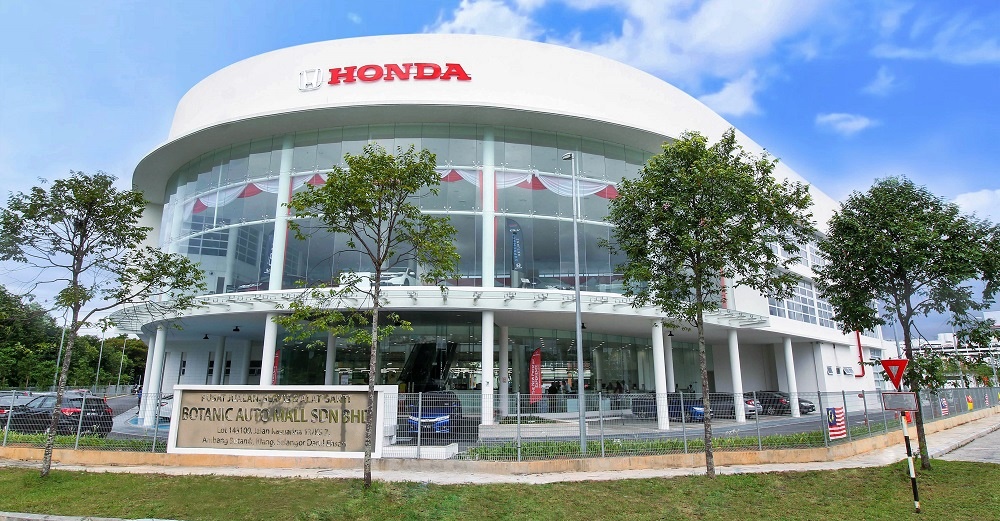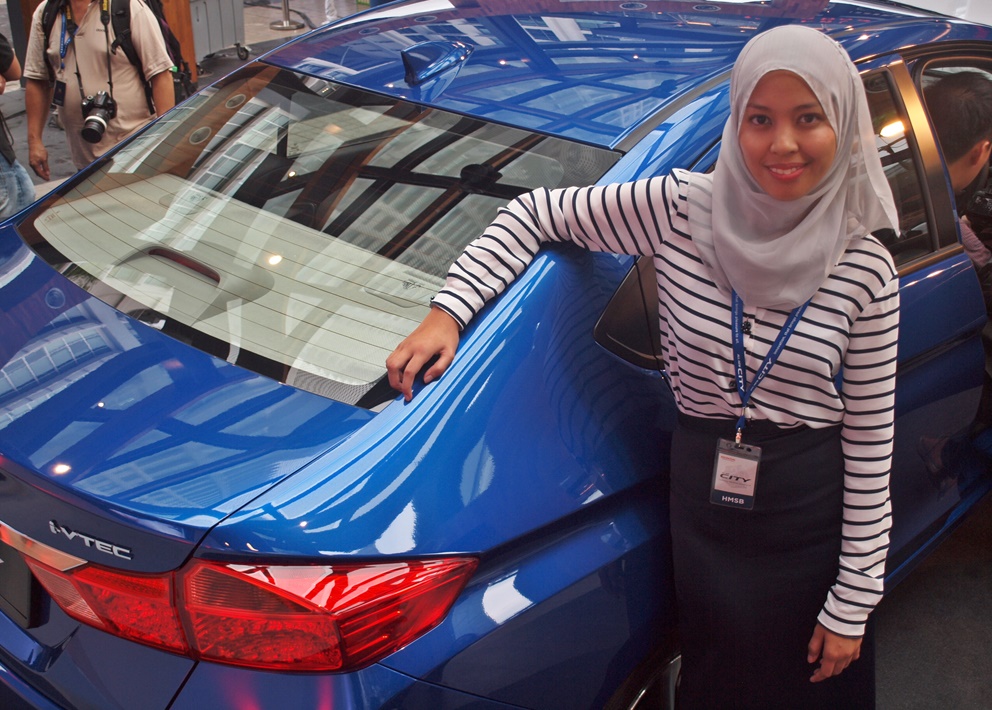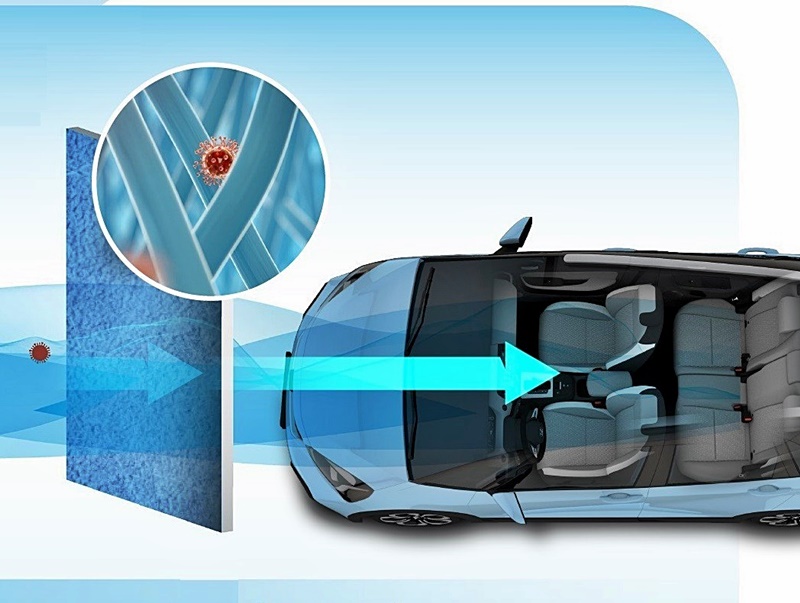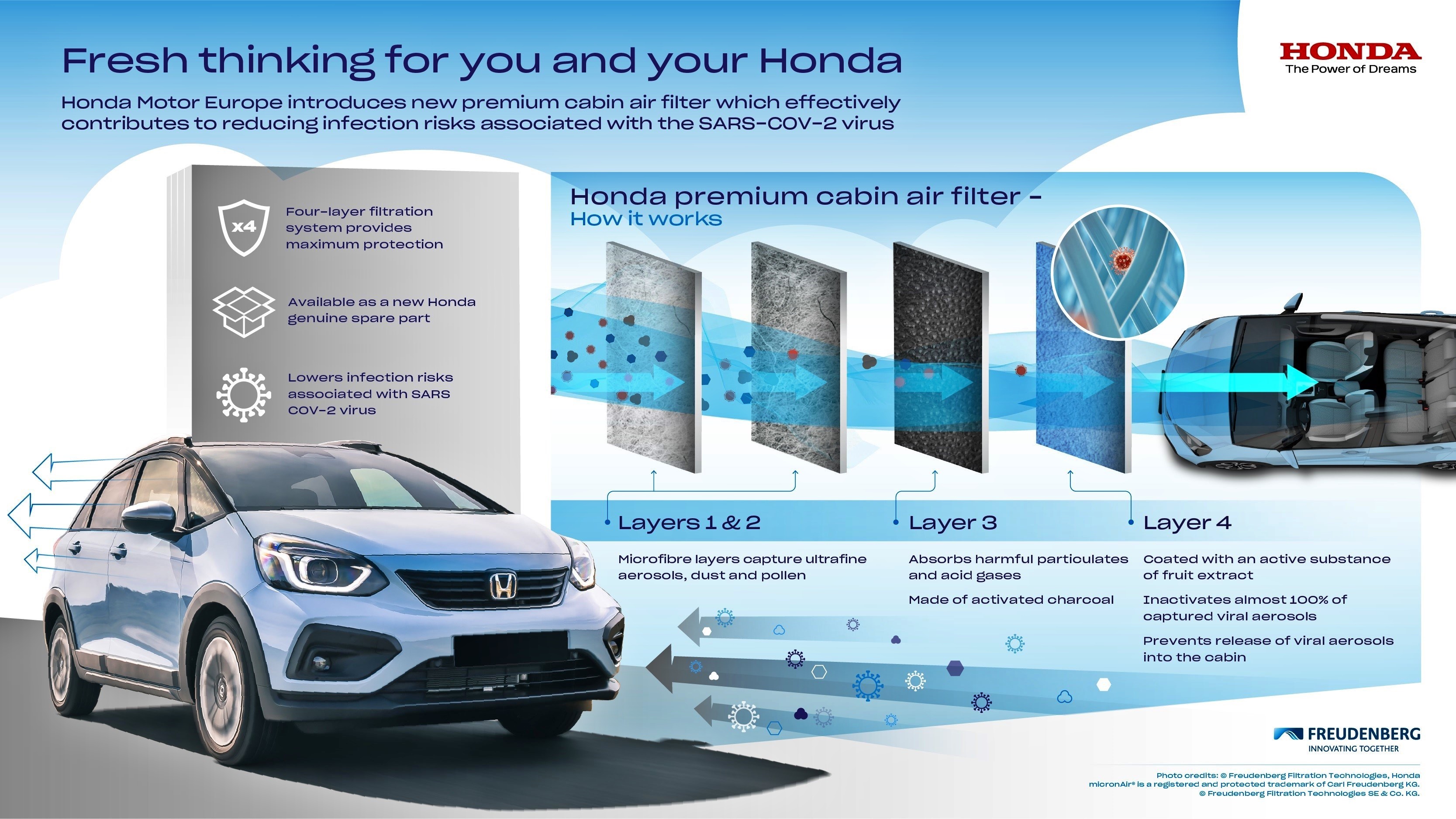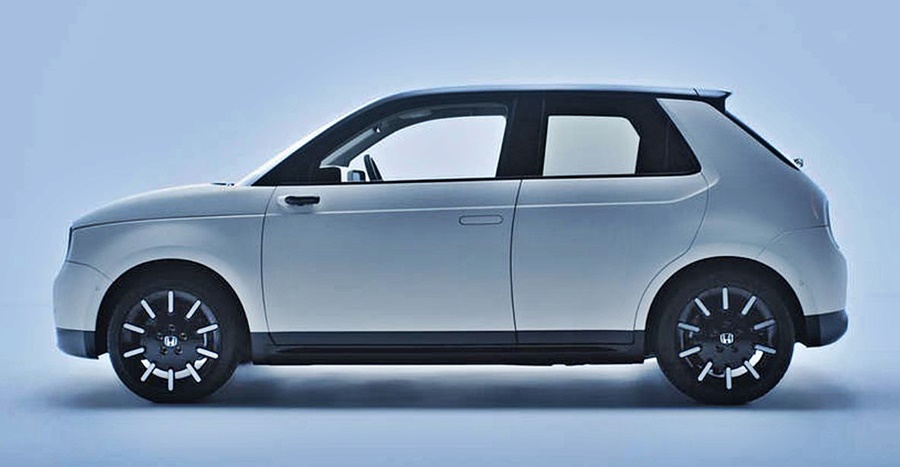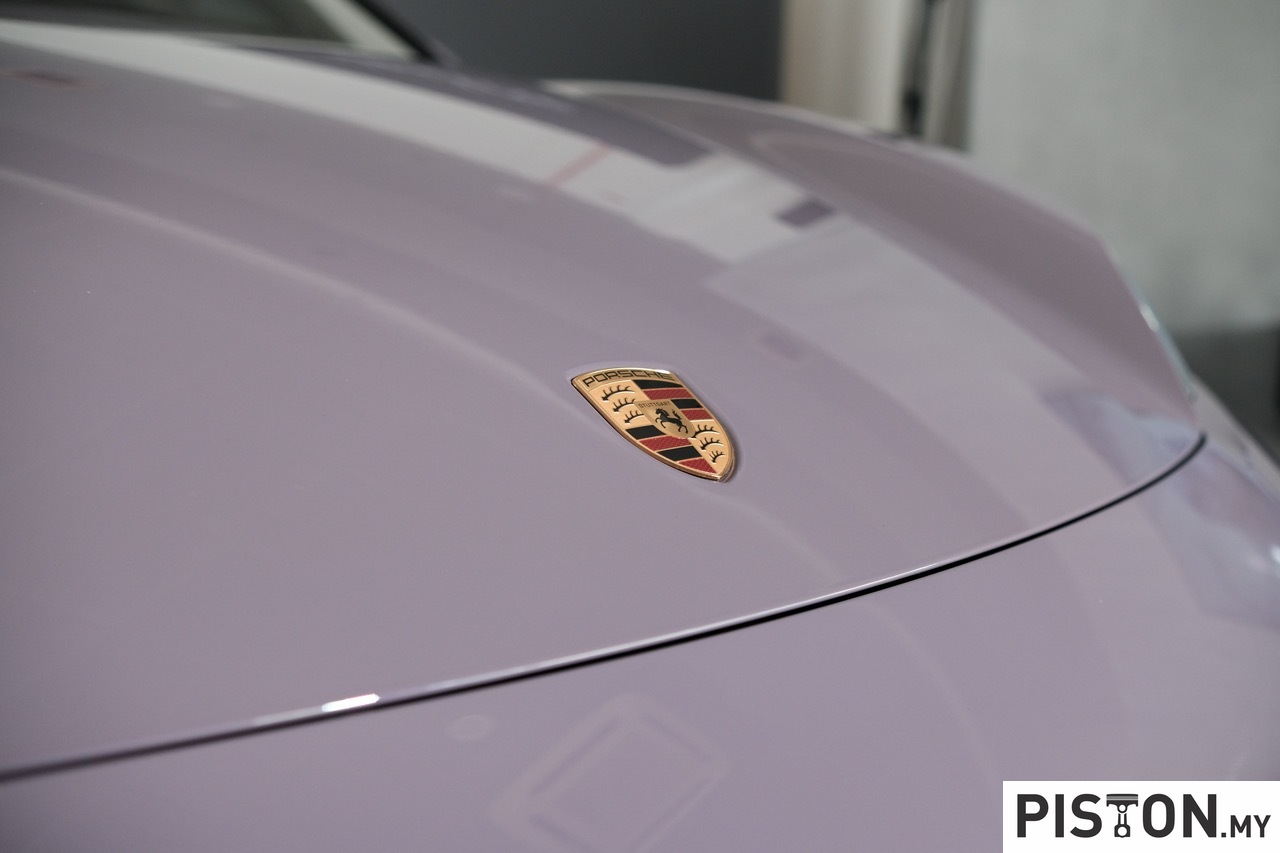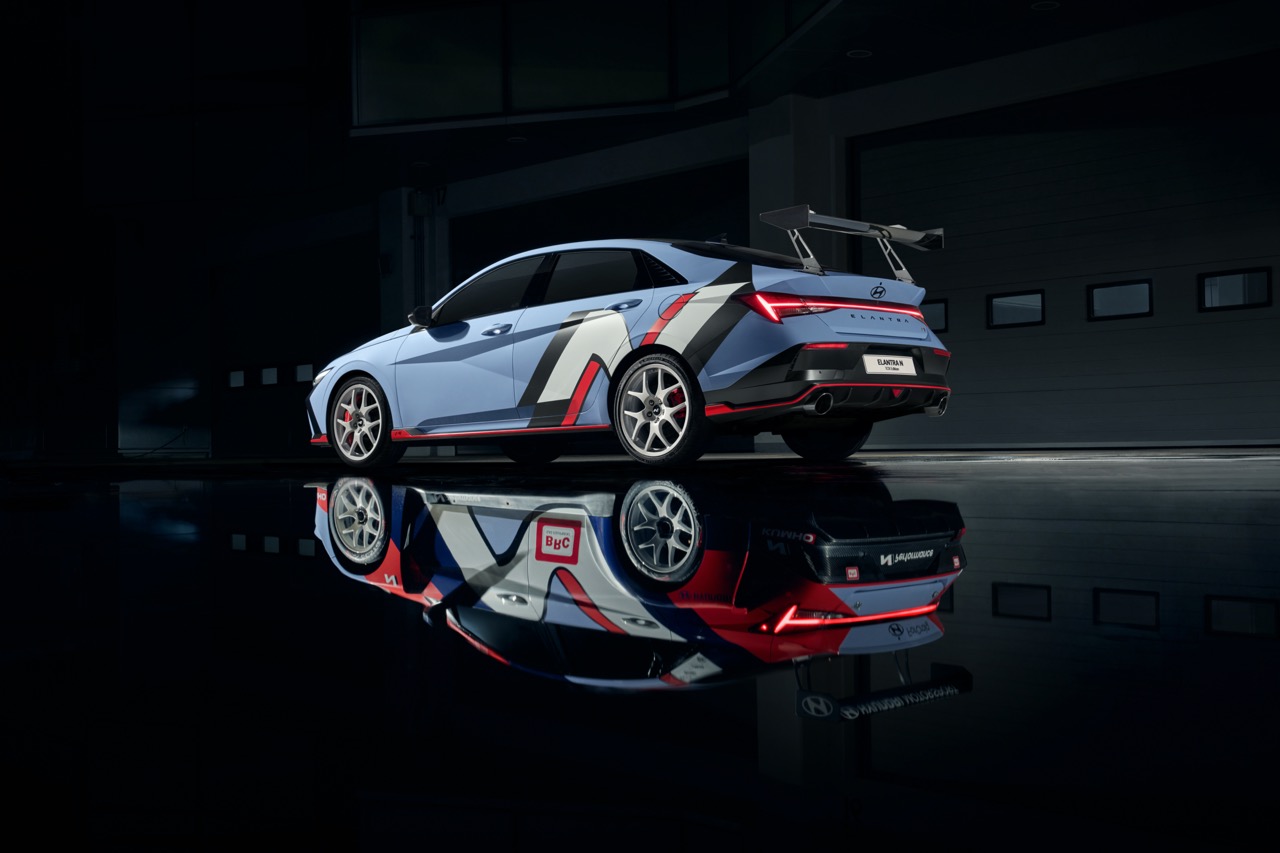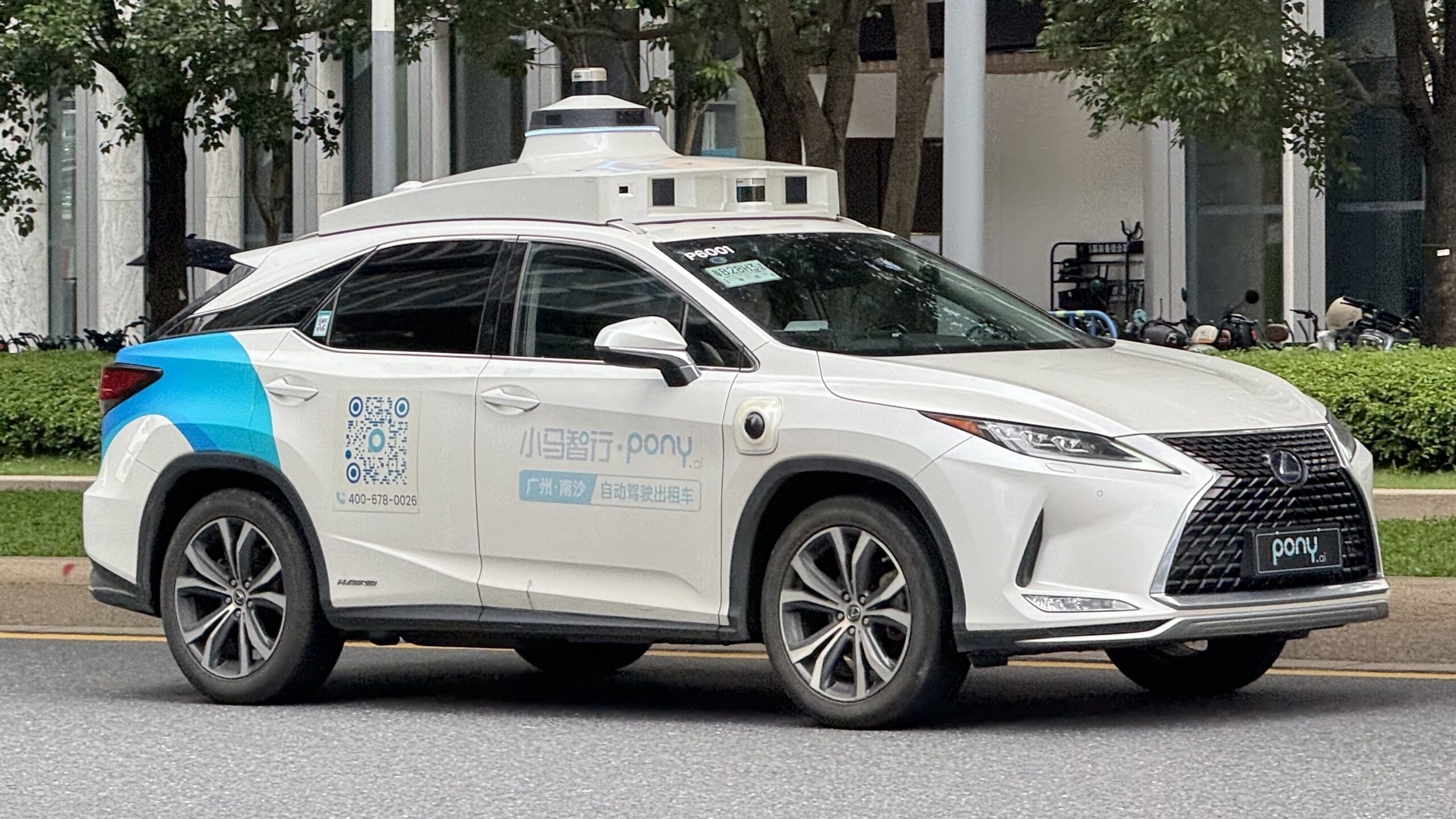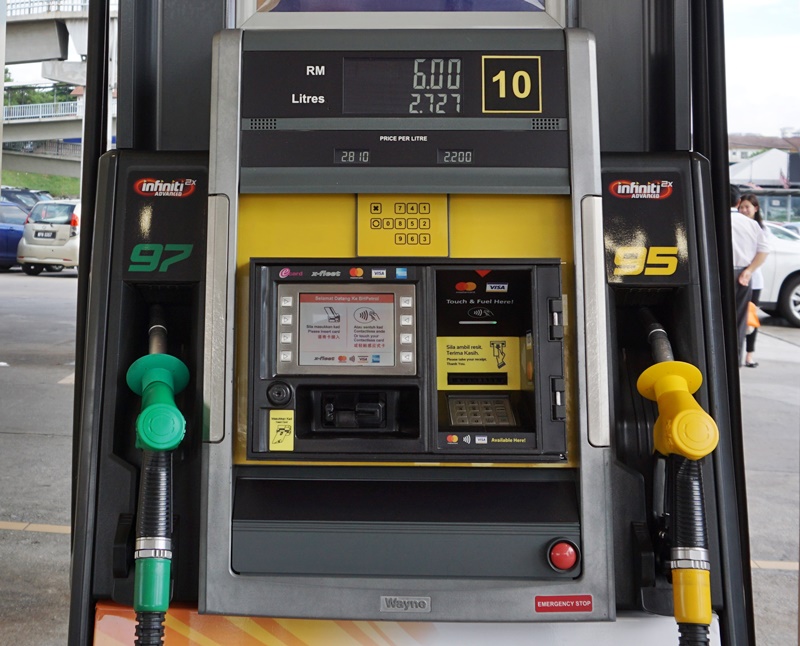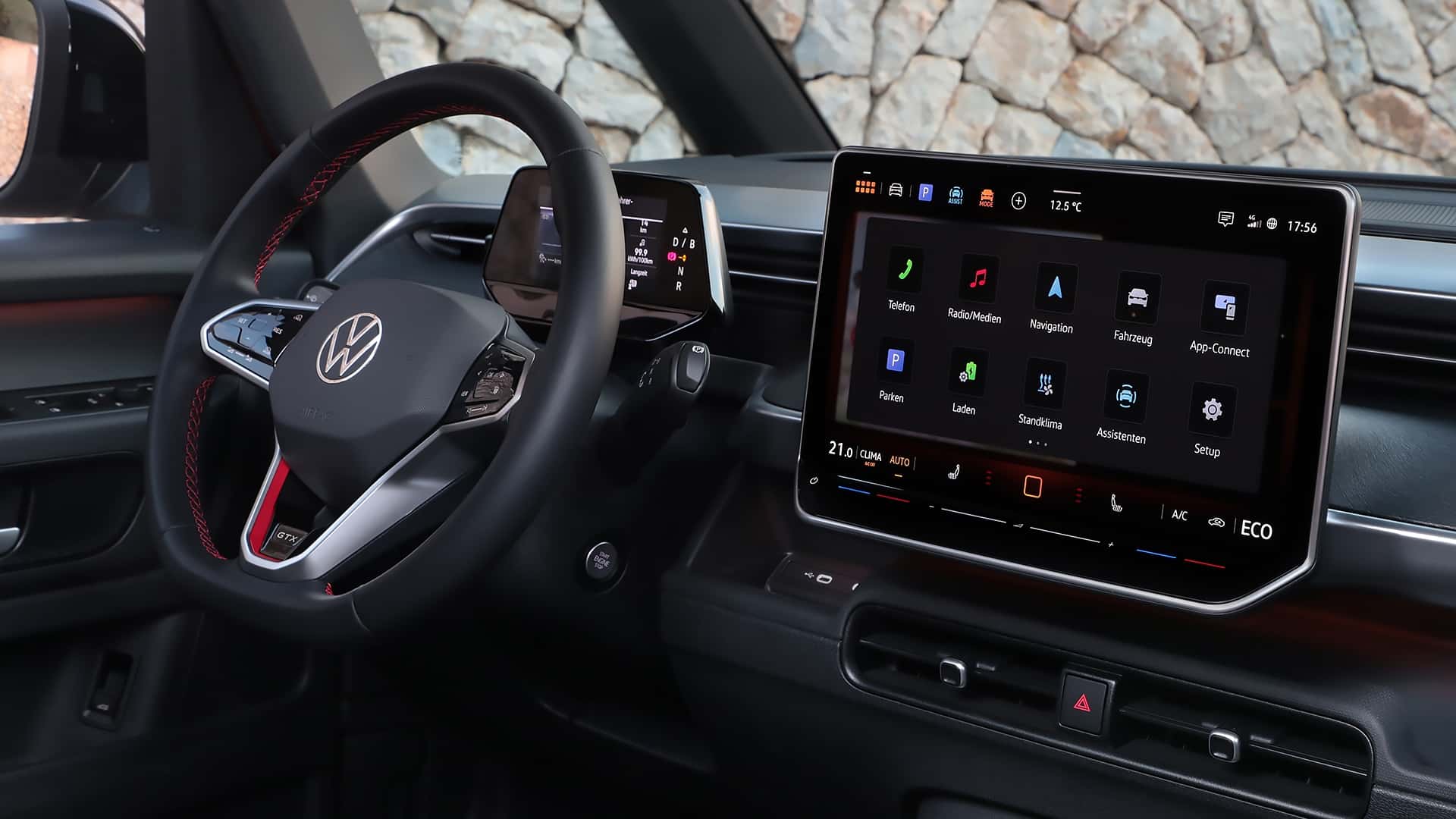Almost 50 years ago, when the Honda Civic was born, it was only a hatchback, the sedan coming from the beginning of the 1980s. In Asian markets, the hatchback had a subordinate position to the more popular sedan and due to limited numbers being sold, it disappeared from Malaysia (officially) after a few generations.
In markets like North America, the hatchback was more appreciated and has been accounting for about 20% of Civic sales in the USA. Like the sedan, it evolved through the generations, gaining in size and performance. The 11th generation hatchback variant has now been revealed, joining the new Civic Sedan which was launched some months back, also in the USA.
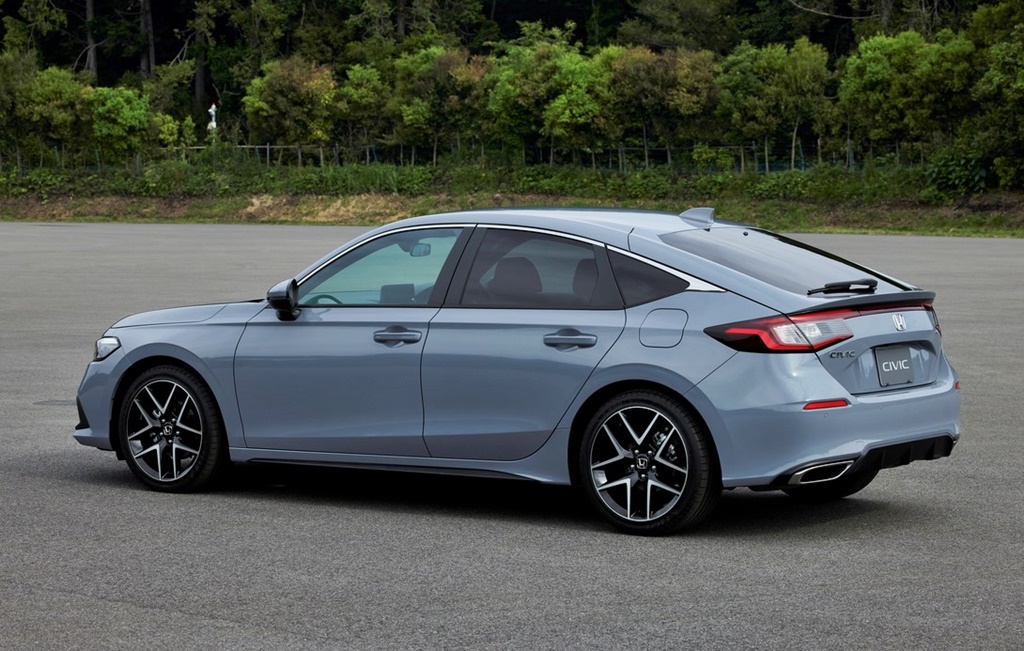
Same styling elements as latest Sedan
The overall styling follows that of the latest generation with a more dramatic roofline that gives a sleek coupe-like profile. While the front end has a similar form but a different grille (mesh with a slight concave shape) from the sedan, it is at the rear where the big differences are. There are larger side windows and a new small corner window in the C-pillar to enhance rearward visibility,
The roof line flows downwards to a lightweight composite hatch and the overall height of the car has been reduced by 50 mm by moving the hinge mechanism outwards. The design of the rear lights is different from the sedan’s and the third brake light lens spans nearly the entire width of its hatch, visually emphasizing the Hatchback’s wider rear track.
Longer wheelbase but shorter body
Compared to the 10th-generation Civic Hatchback, the windscreen pillars have been moved back by around 50 mm while the wheelbase is 35 mm longer and the rear track is 13 mm wider. However, the rear overhang is less which reduces the overall length by 124 mm but Honda says rear legroom is better in this new variant.
With the large opening at the back, additional attention was given to body rigidity. The Civic Hatchback’s structure has 19% better torsional rigidity versus the previous generation. The stiffer structure, with an aluminium front subframe, benefits ride, handling and refinement, with reductions in noise, vibration and harshness augmented with the extensive use of structural adhesives, spray-in foam in the pillars, and additional sound deadening in the firewall and under the floor.
The suspension is shared with the Sedan but Honda mentions chassis updates such as new low-drag front brake calipers, and low-friction front and rear wheel bearings to reduce rolling resistance.
Naturally-aspirated, turbo and hybrid powertrains
As with the current generation in many markets, there will be a choice of naturally aspirated and turbocharged engines, including the 1.5-litre turbo unit Malaysians are familiar with. A 6-speed manual transmission will be available and for the US market, the naturally aspirated engine has a 2-litre displacement. It’s coupled with a revised CVT that has a more robust electric hydraulic pump to reduce the load on the mechanical pump, and a ball-bearing secondary shaft to reduce friction.
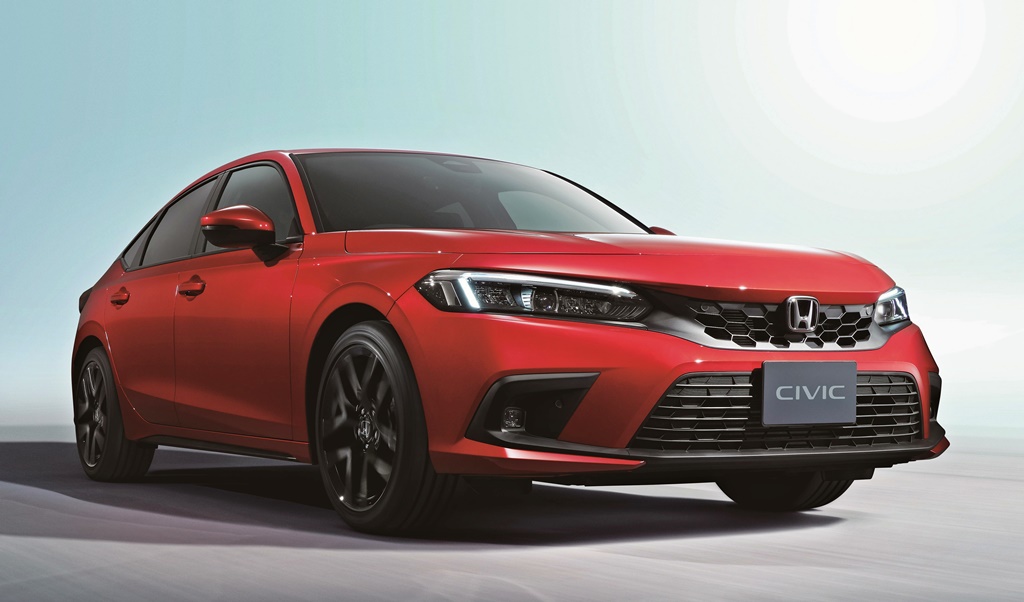
For the European and probably Japanese market, Honda will also put a e:HEV powertrain in the Civic Hatchback, the hybrid powertrain meeting the objective for all European mainstream models to have electrified powertrains by 2022.
Sedan functionality with hatchback versatility
Much of the interior is the same as the Sedan with the added layout versatility of a Hatchback adding 65% more cargo space. The standard 60:40 split backrests can be quickly folded for expanded capacity and the side-pull cargo cover provides concealment of items in the boot.
Up front, outward visibility is enhanced by the repositioned A-pillars, low bonnet, flat dashboard, low cowl and outside mirrors which are now mounted on the doors. The instrument panel is designed with a minimum of cutlines to reduce windscreen reflections and visual distractions, while the new metal honeycomb instrument panel accent hides the air vents.
Like all Hondas sold today, there is the Honda Sensing suite of active safety and driver-assistance technologies. The latest version installed in the Civic Hatchback uses a new single-camera system providing a longer, wider field of view than the previous radar-and-camera based system. Combined with software advances and a new, more powerful processor, the system is capable of more quickly and accurately identifying pedestrians, bicyclists and other vehicles, along with road lines and road signs.
Honda Sensing also includes Traffic Jam Assist, and the new camera-based system improves on existing functionality, such as more natural brake application and quicker reactions when using Adaptive Cruise Control (ACC). It also has more linear and natural steering action when using the Lane Keeping Assist System (LKAS). Low-Speed Braking Control is supported by and front and rear false-start prevention with the addition of eight sonar sensors.
Unlikely for Malaysia
Malaysia has long been a sedan market and while there were hatchbacks too, most faded away after the 1980s. Today, the lines are blurred between sedans and hatchbacks, the latter once defined by having a blunt rear end. But while Malaysian buyers may appreciate the extra versatility a hatchback offers, many will probably get a SUV instead as it may be perceived to be more suitable in different roles.
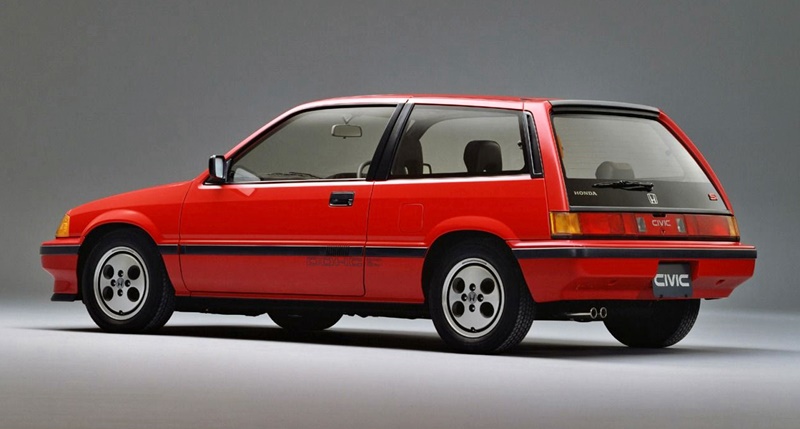
But beyond that point, there is also the question of potential volume and as Honda Malaysia is committed to assembling products locally with high localization of parts as well, the Civic Hatchback may not have the sort of numbers for a business case. It’s not only that the Malaysian market is not as large as Thailand and Indonesia but also that a huge chunk of the market is occupied by just two brands with strong advantages. The remaining part of the market has to be shared by around 20 makes and the ‘slices of the pie’ for each is therefore small and a variant like the Civic Hatchback won’t generate enough volume.
Visit www.honda.com.my to know more about the models available in Malaysia.



